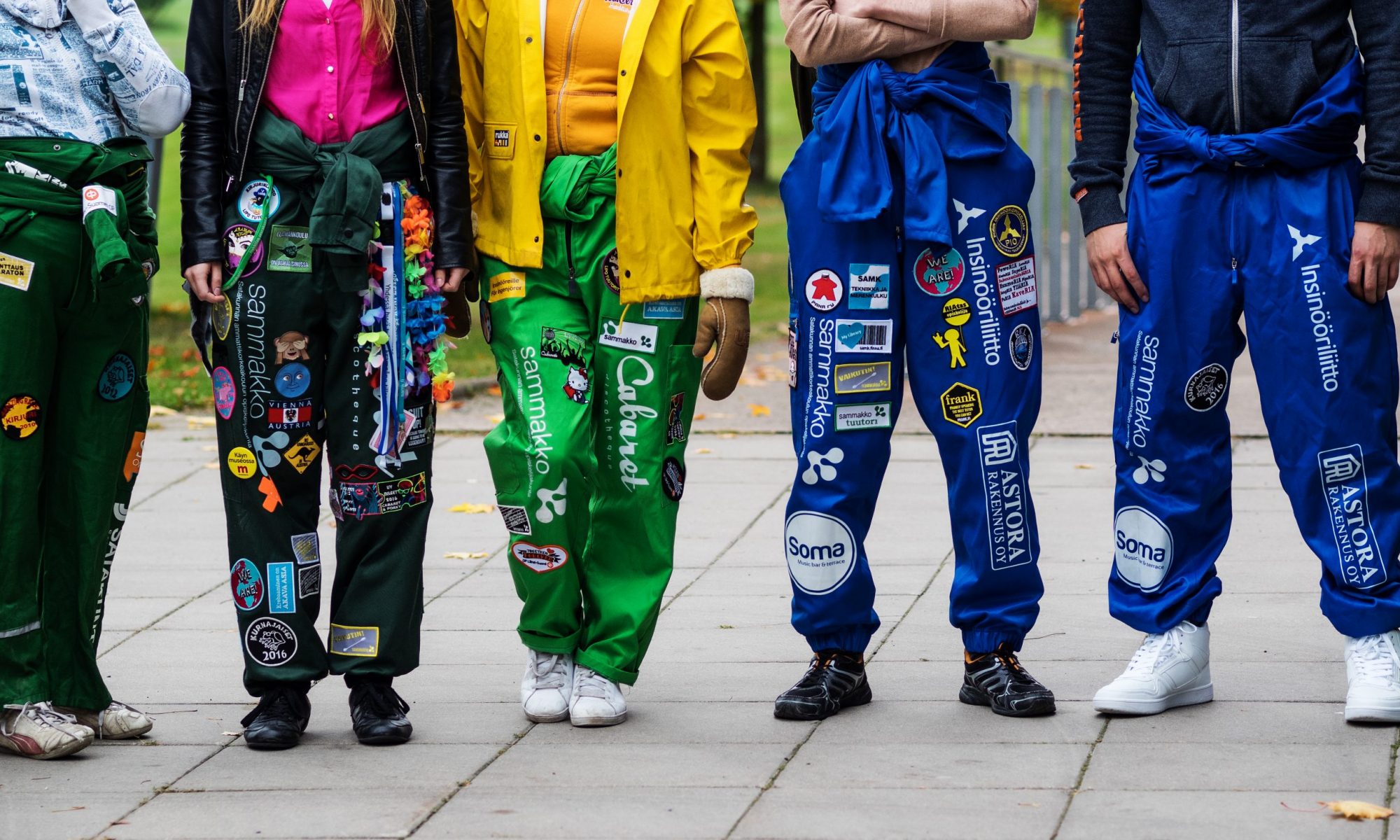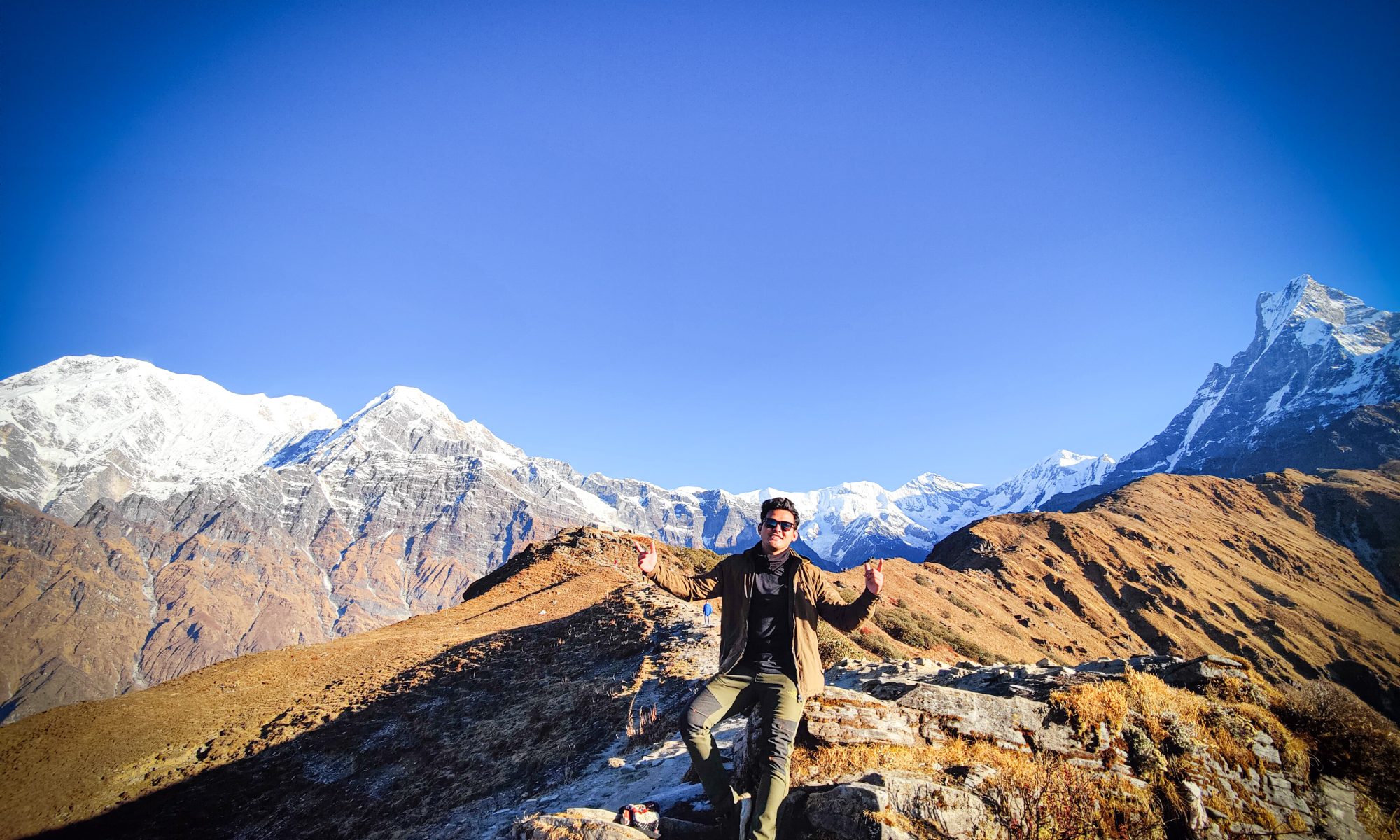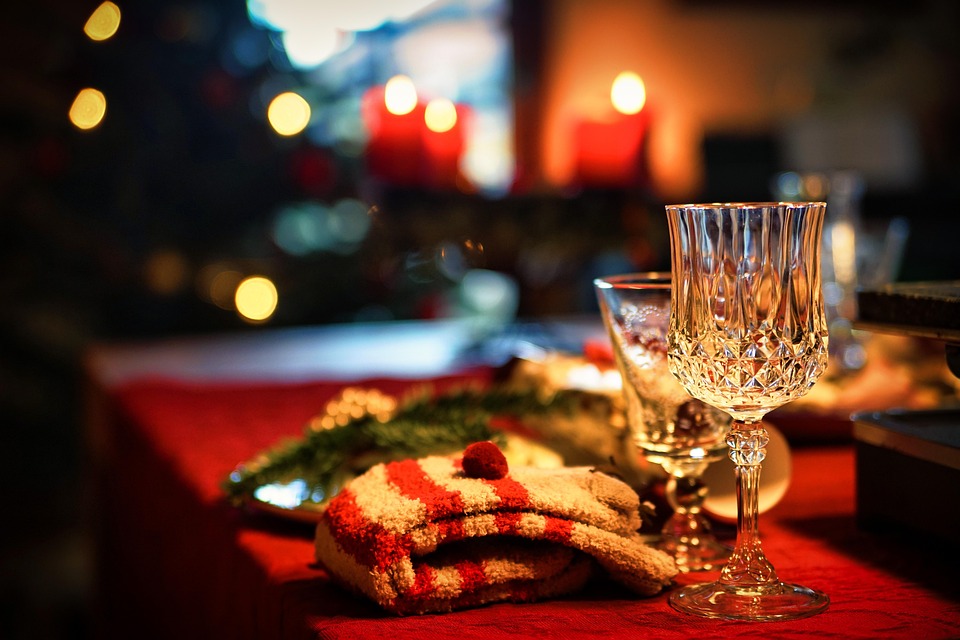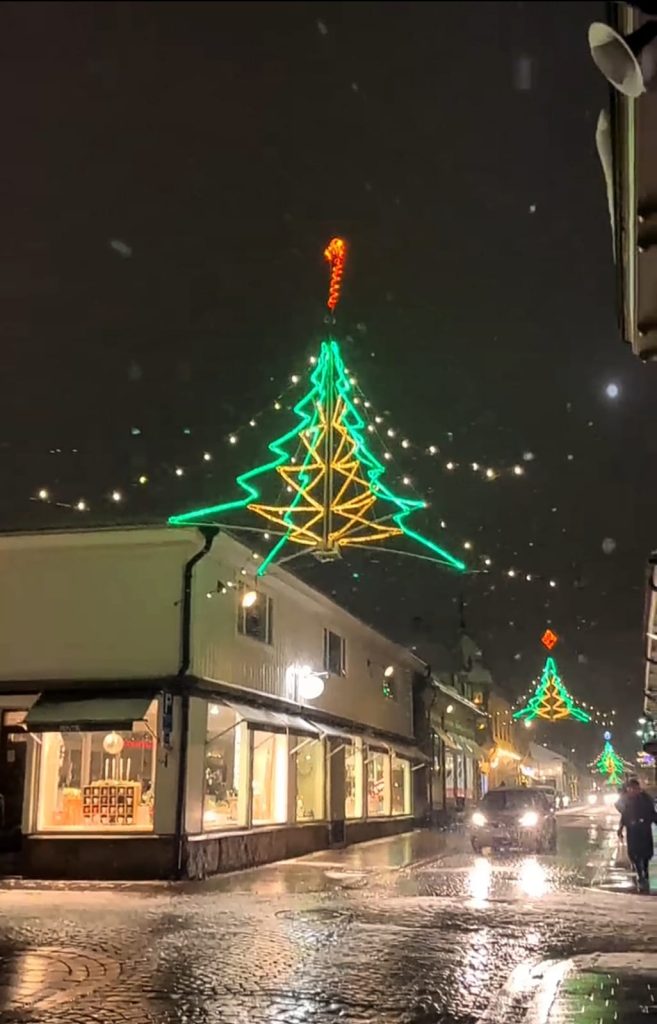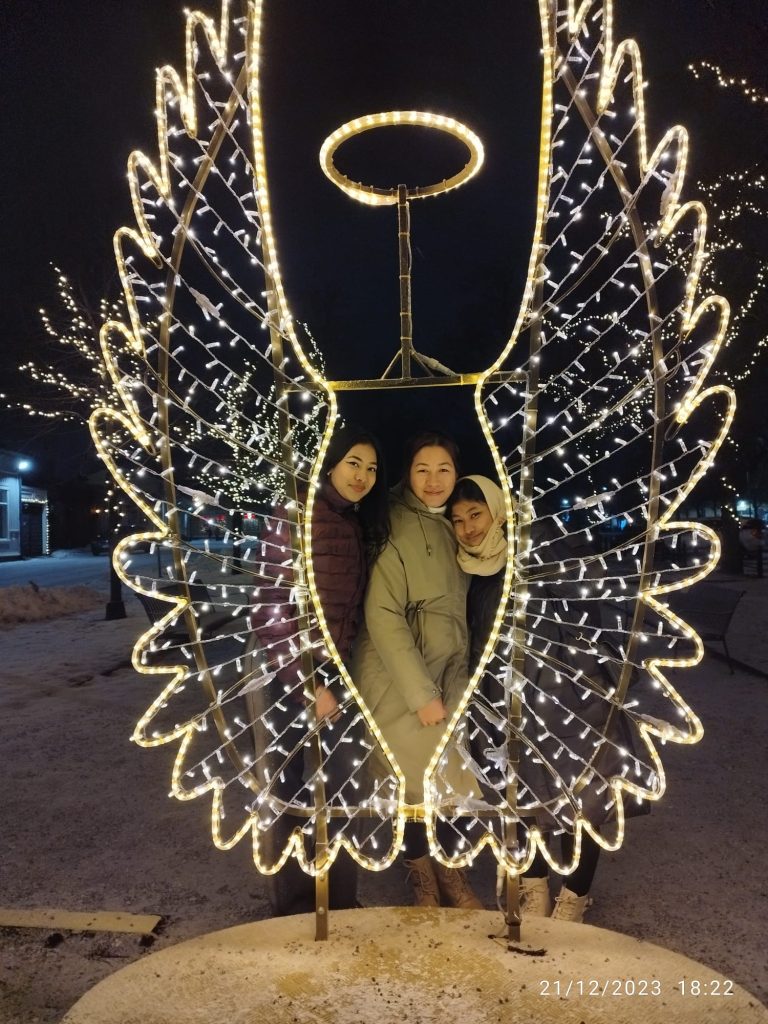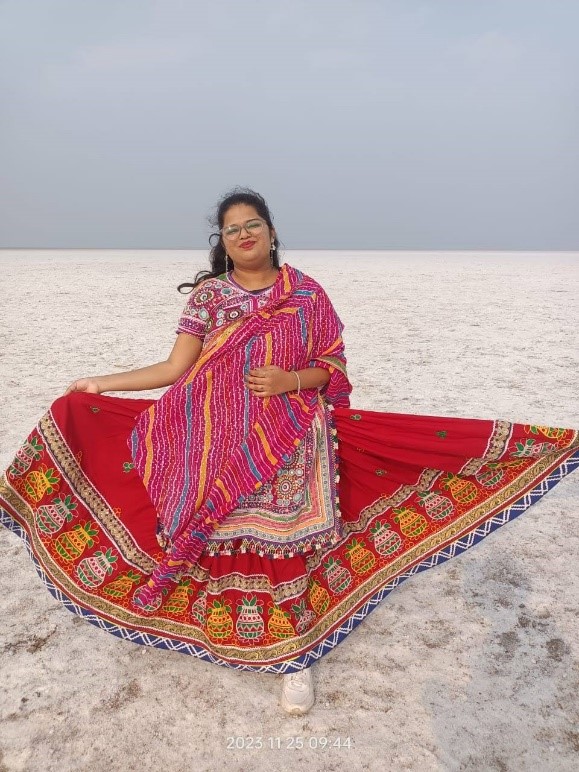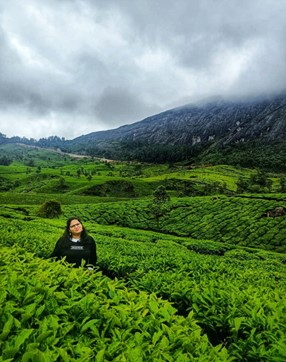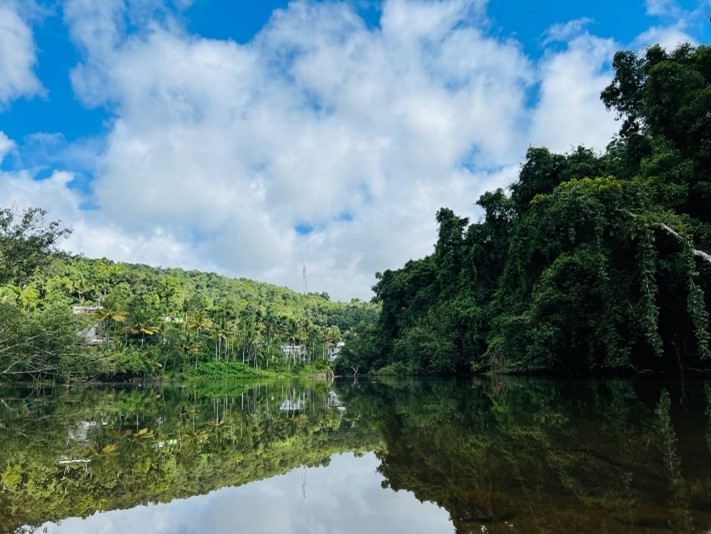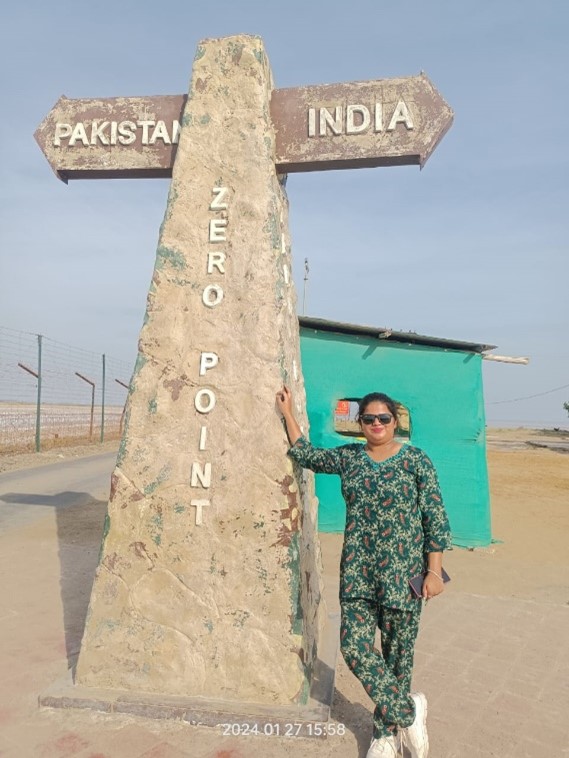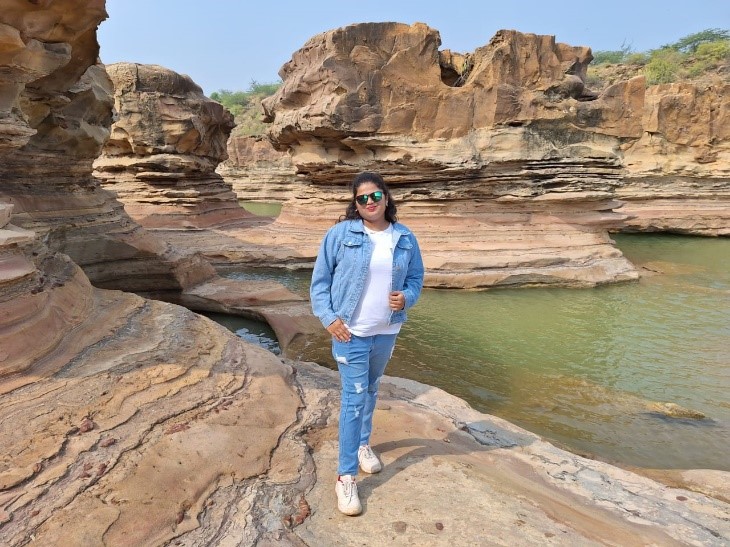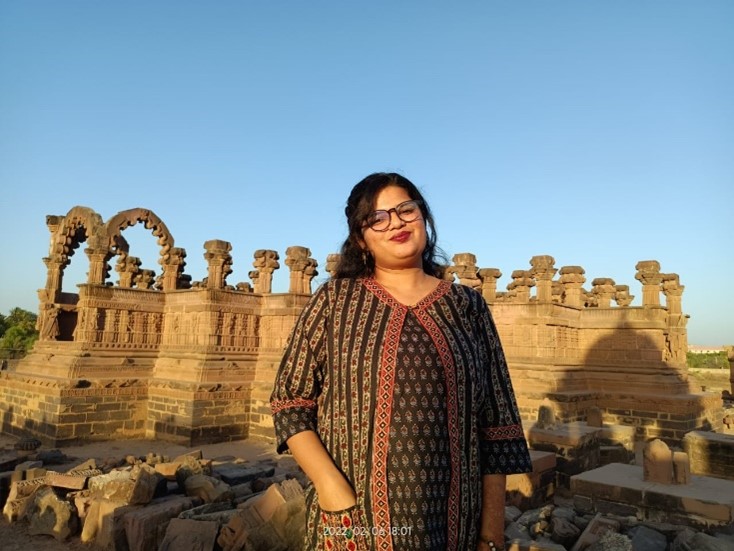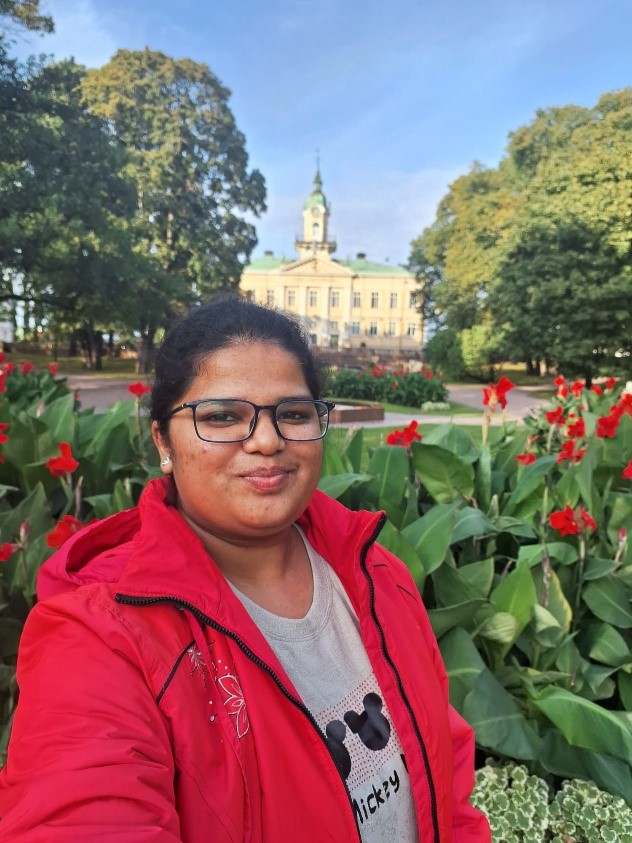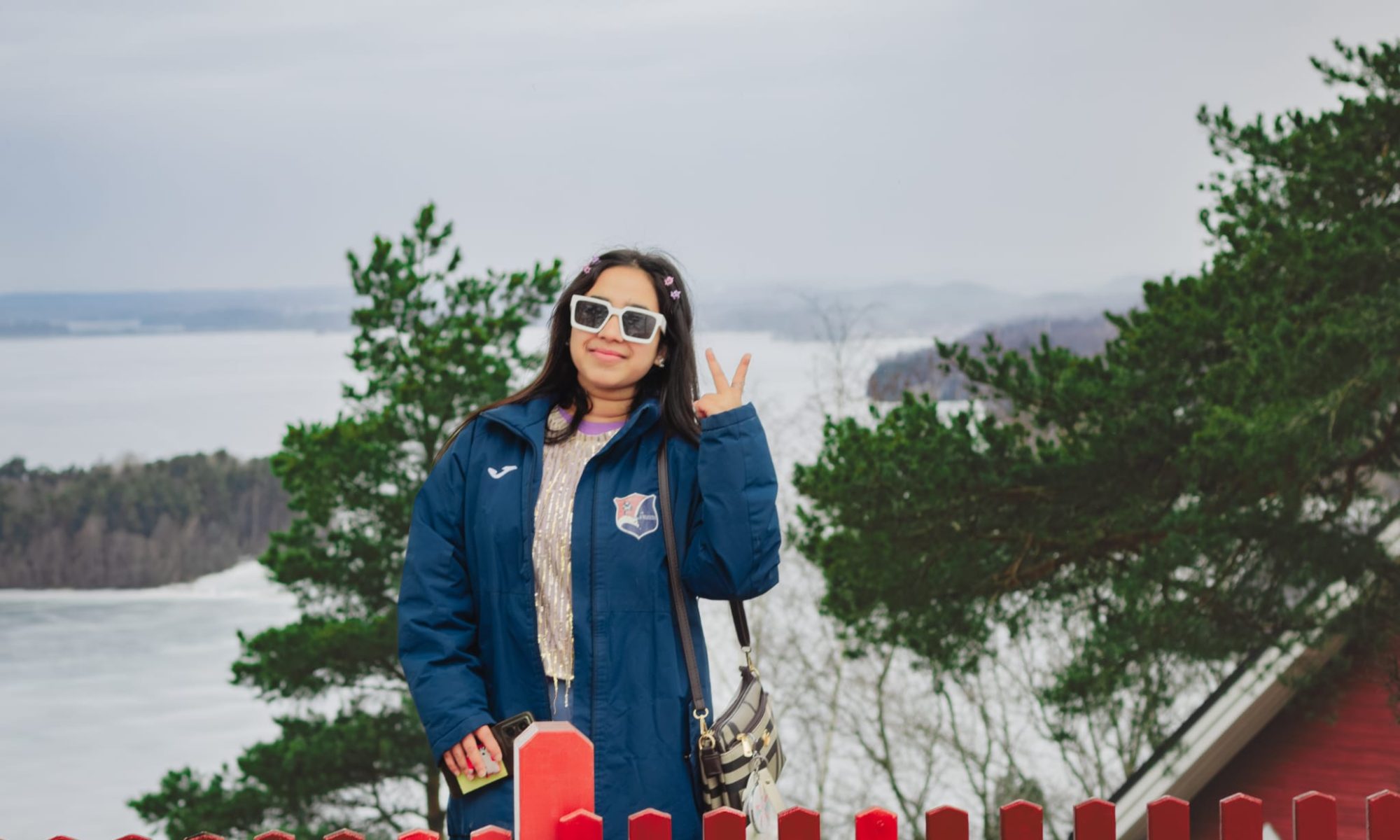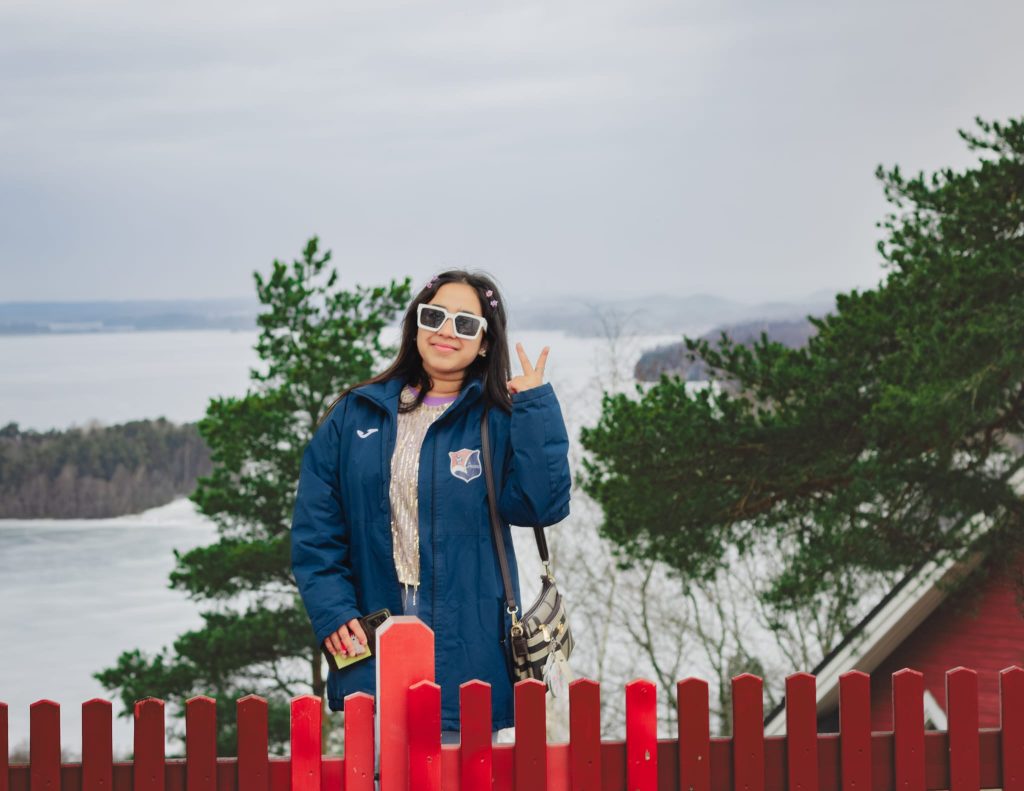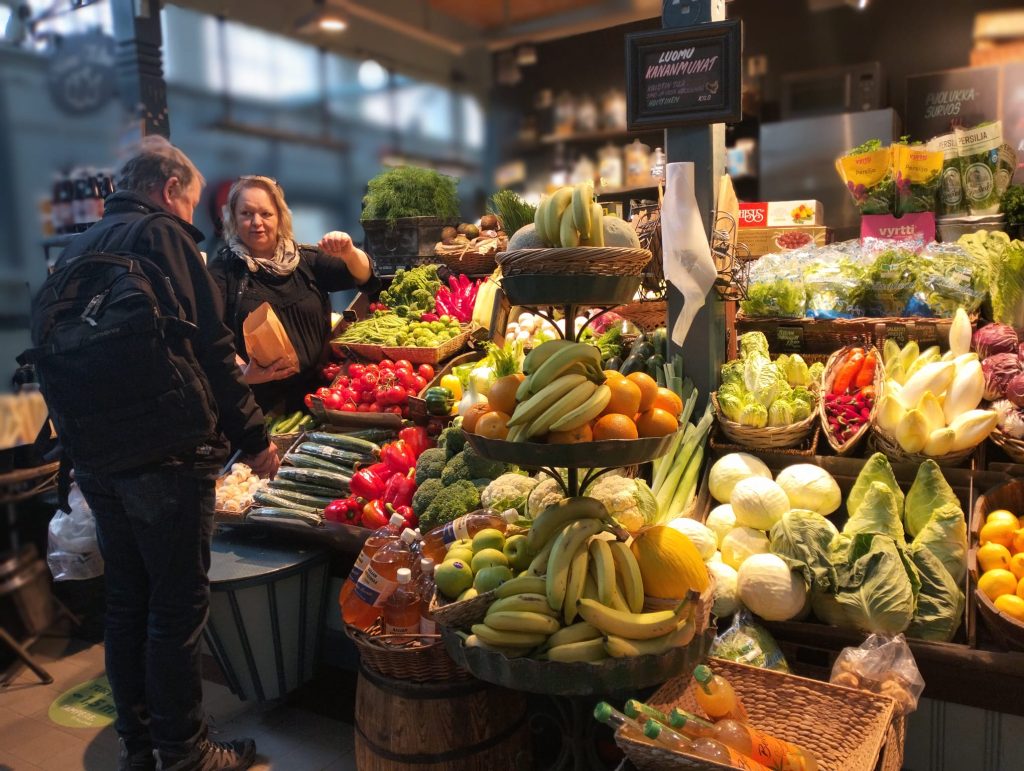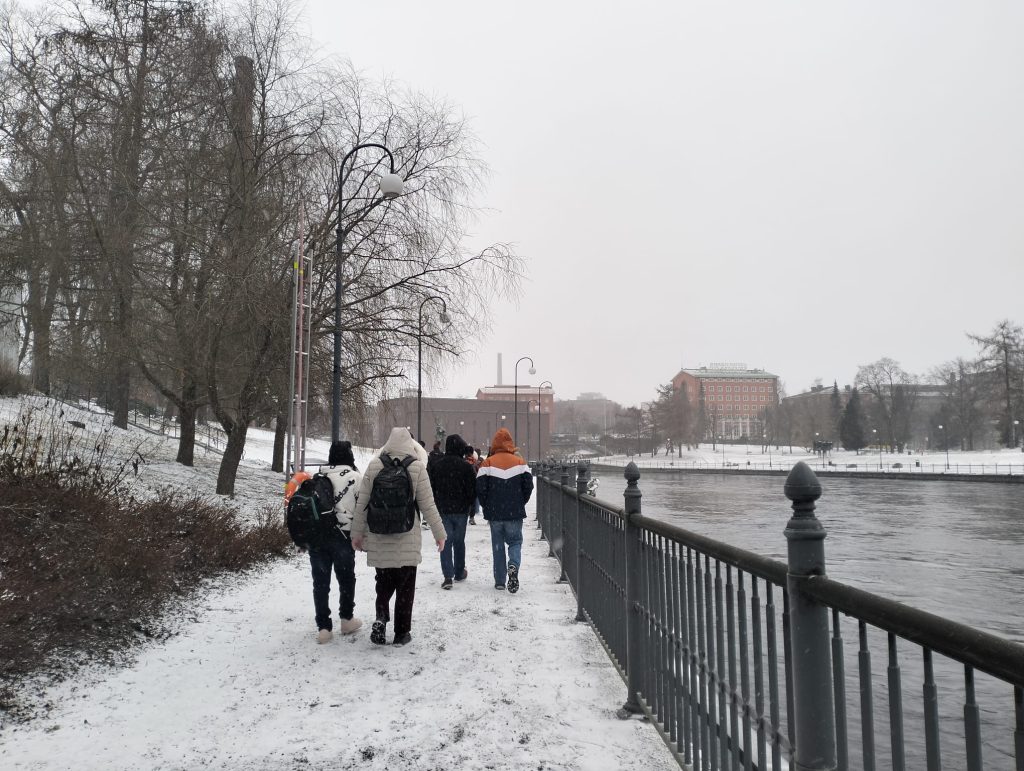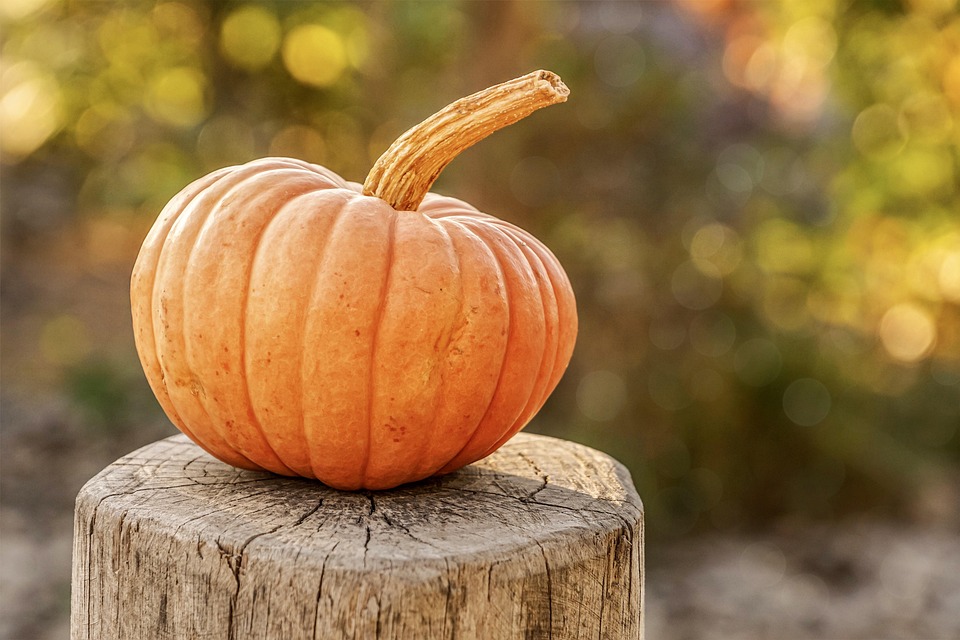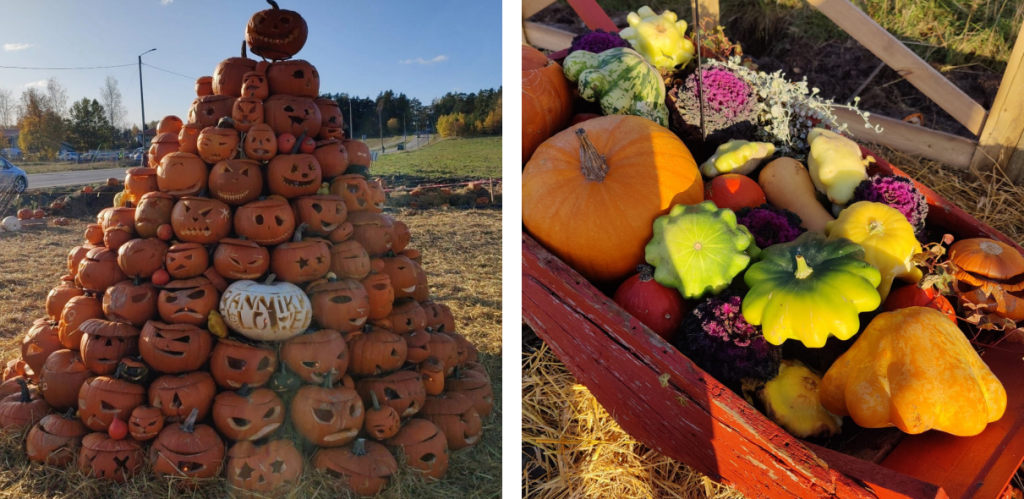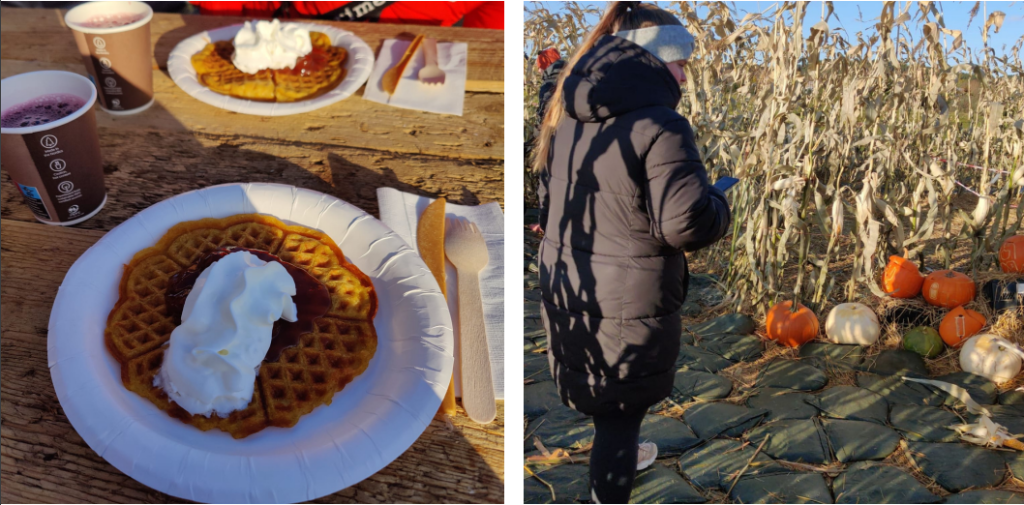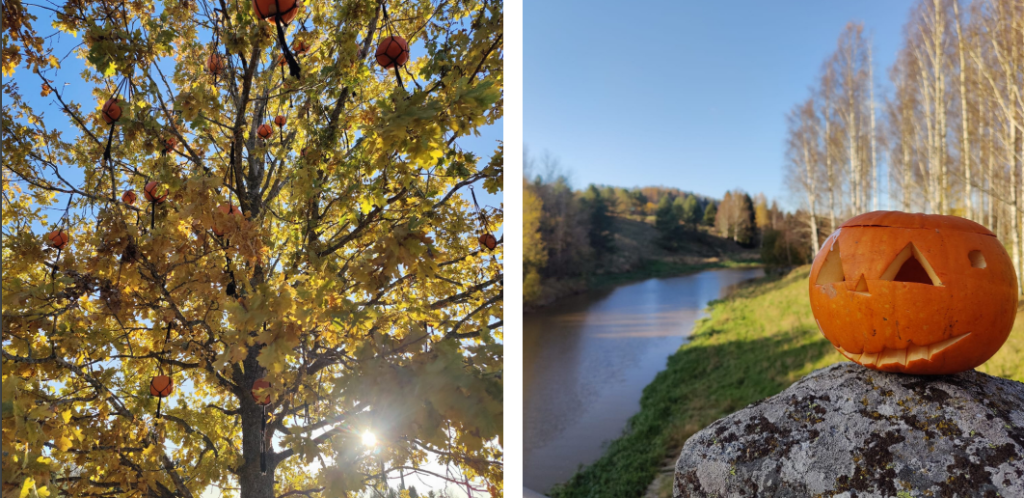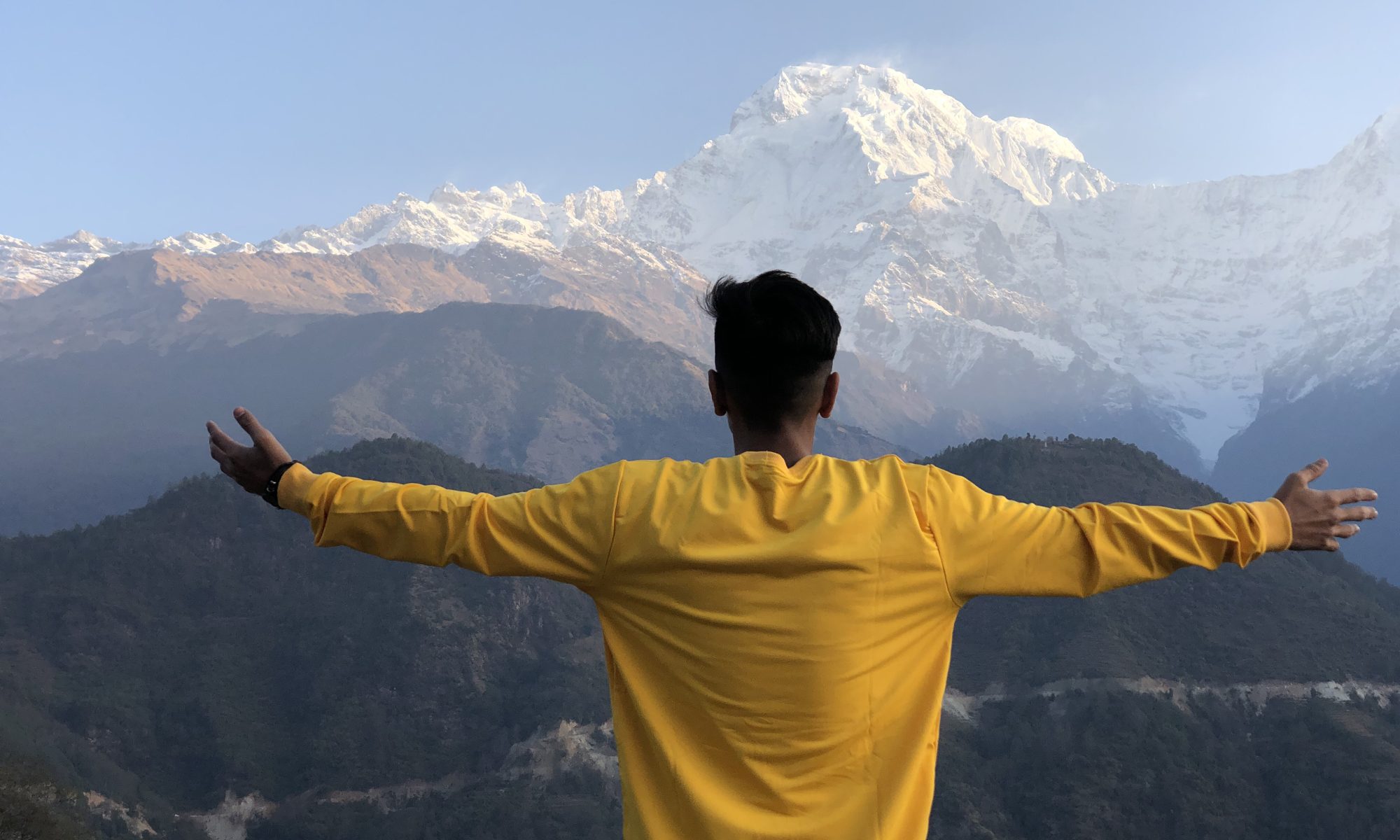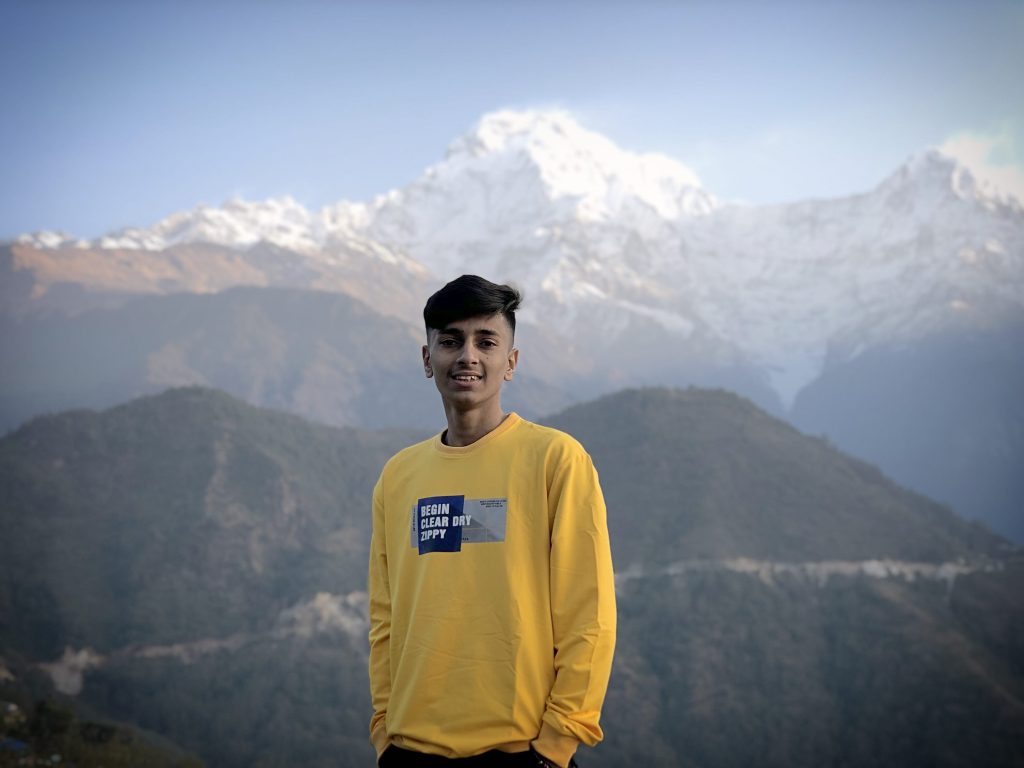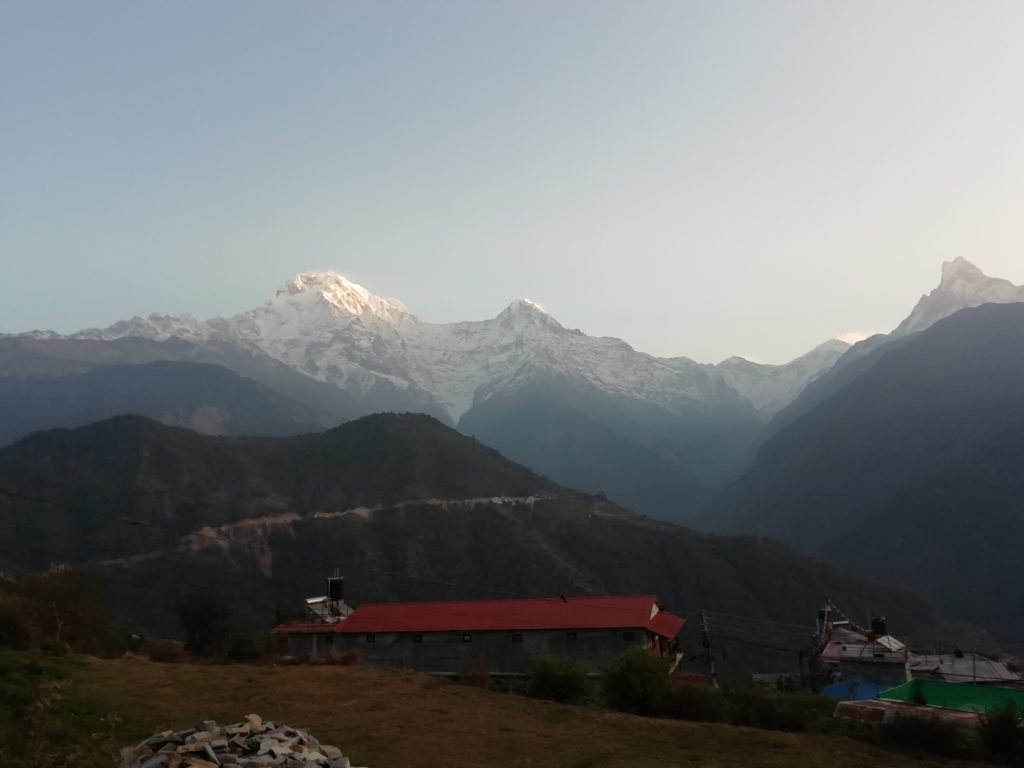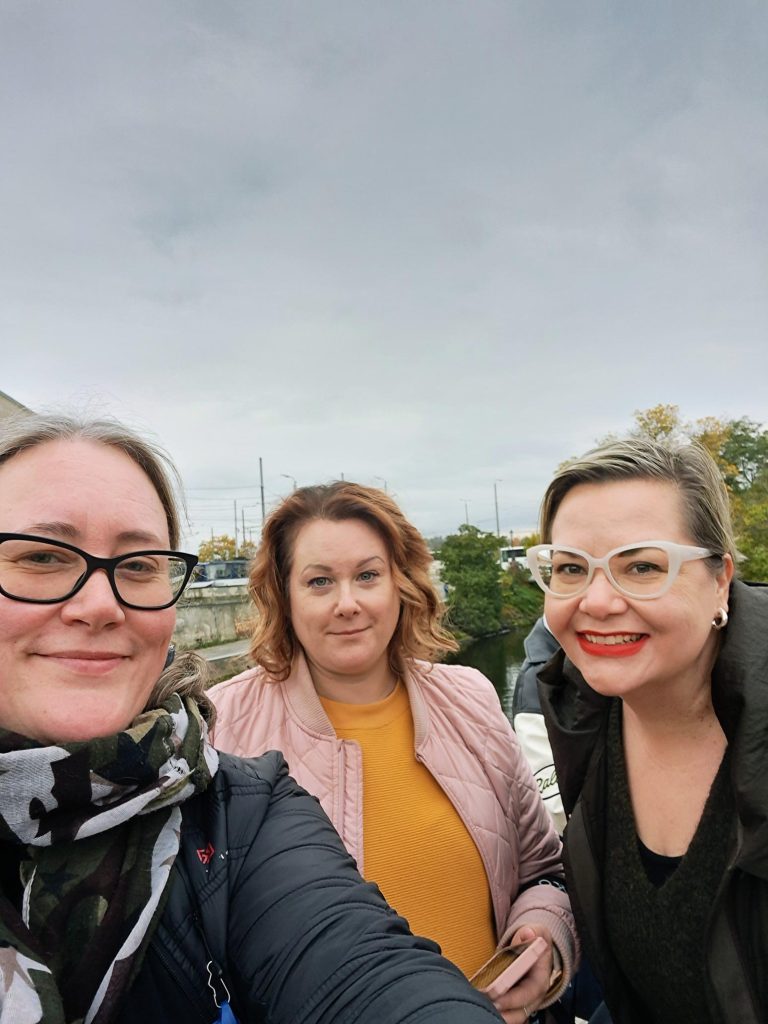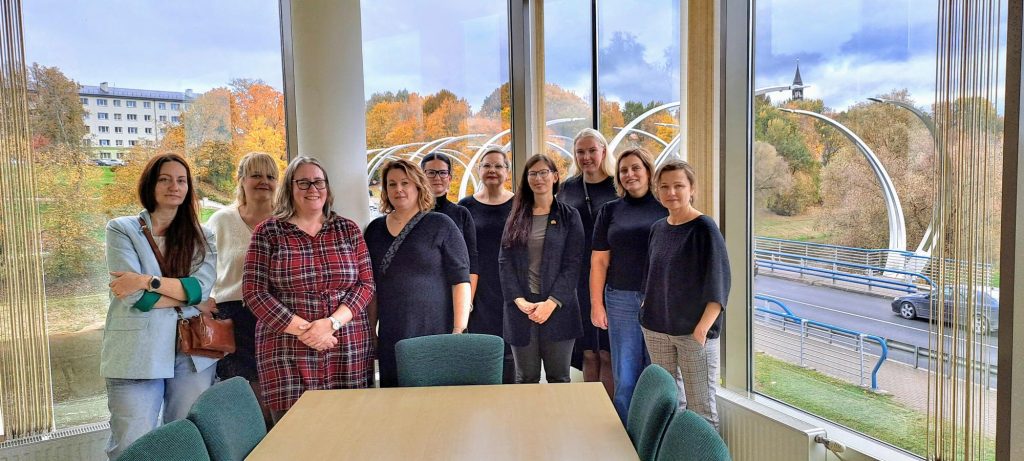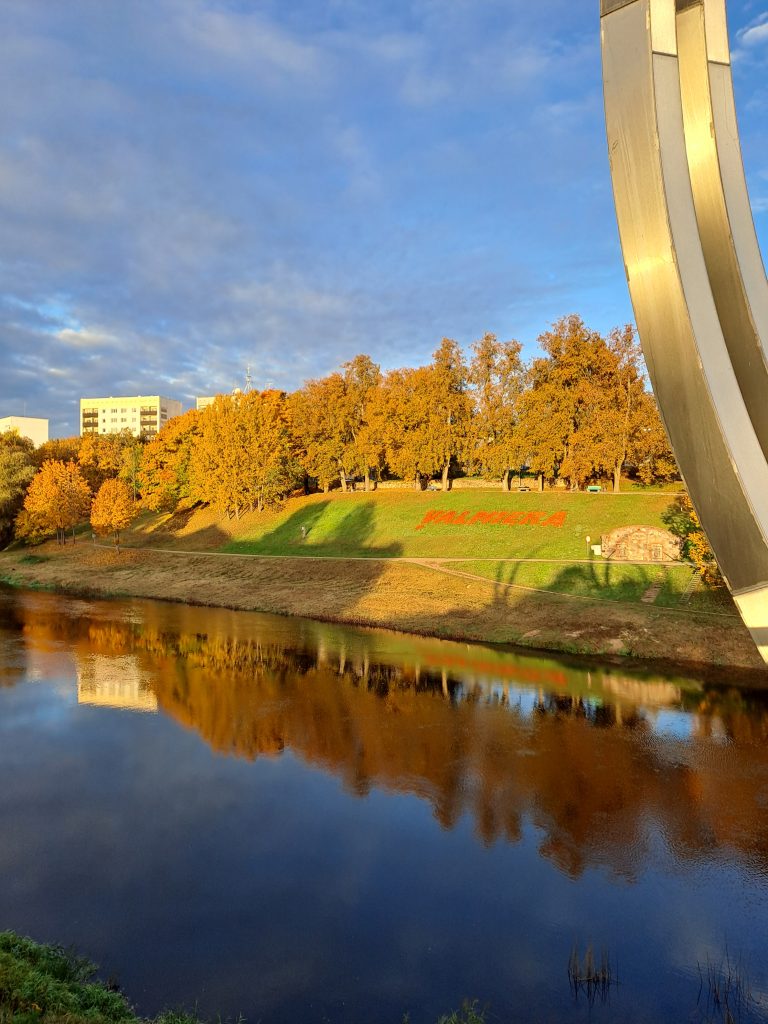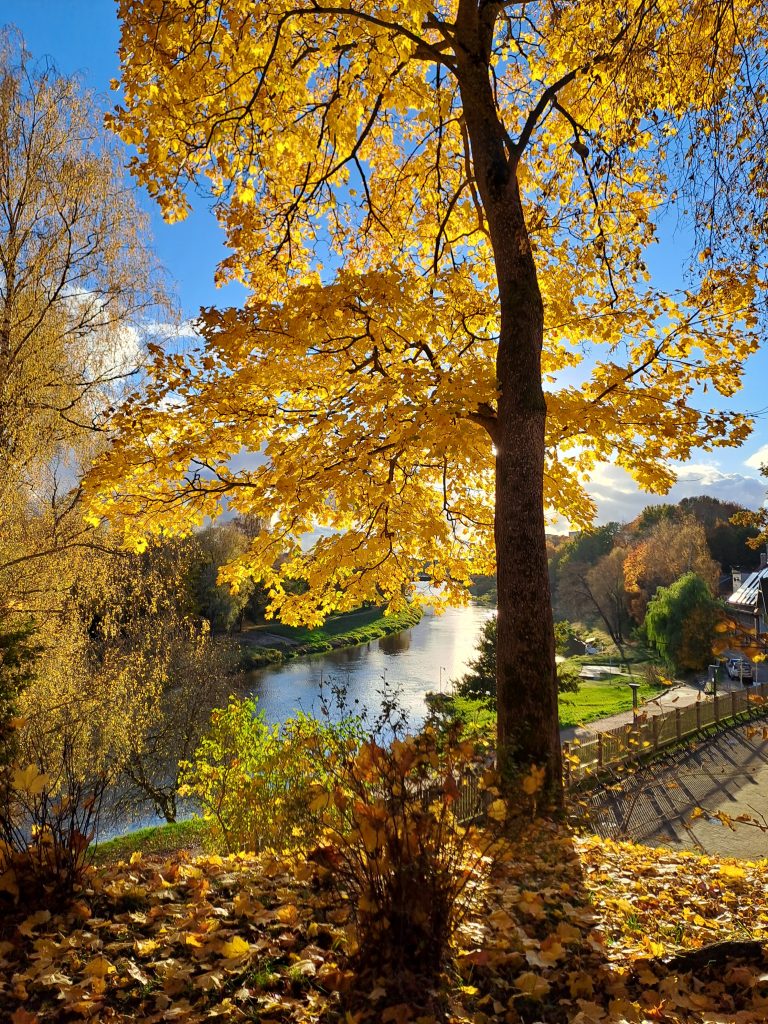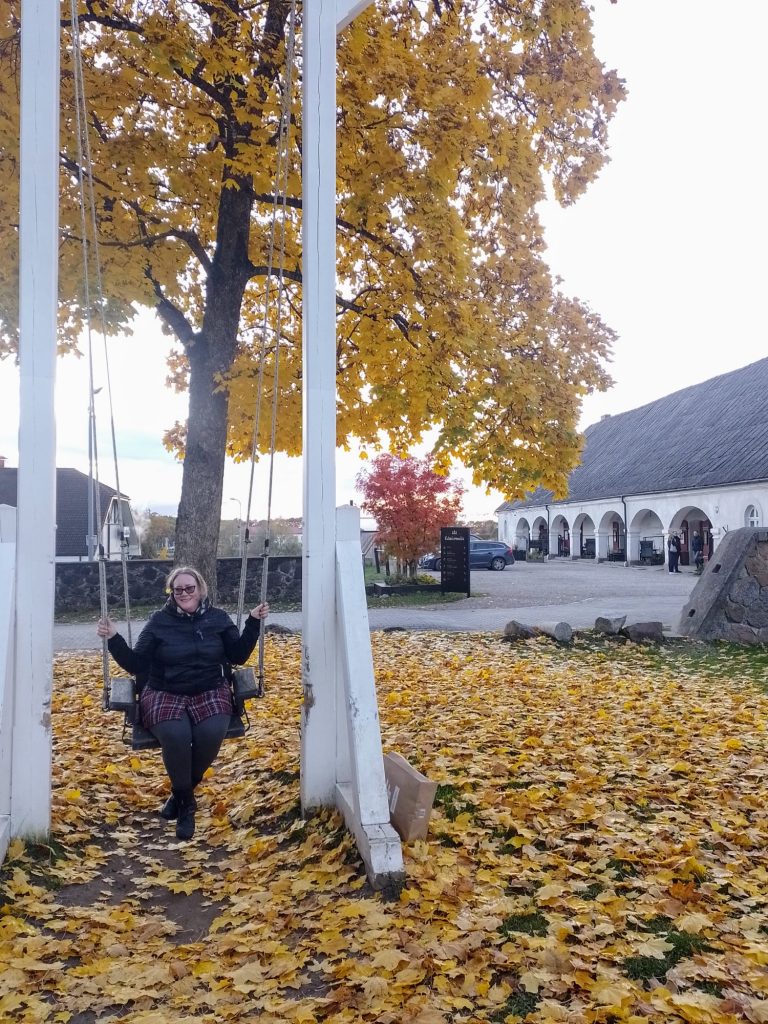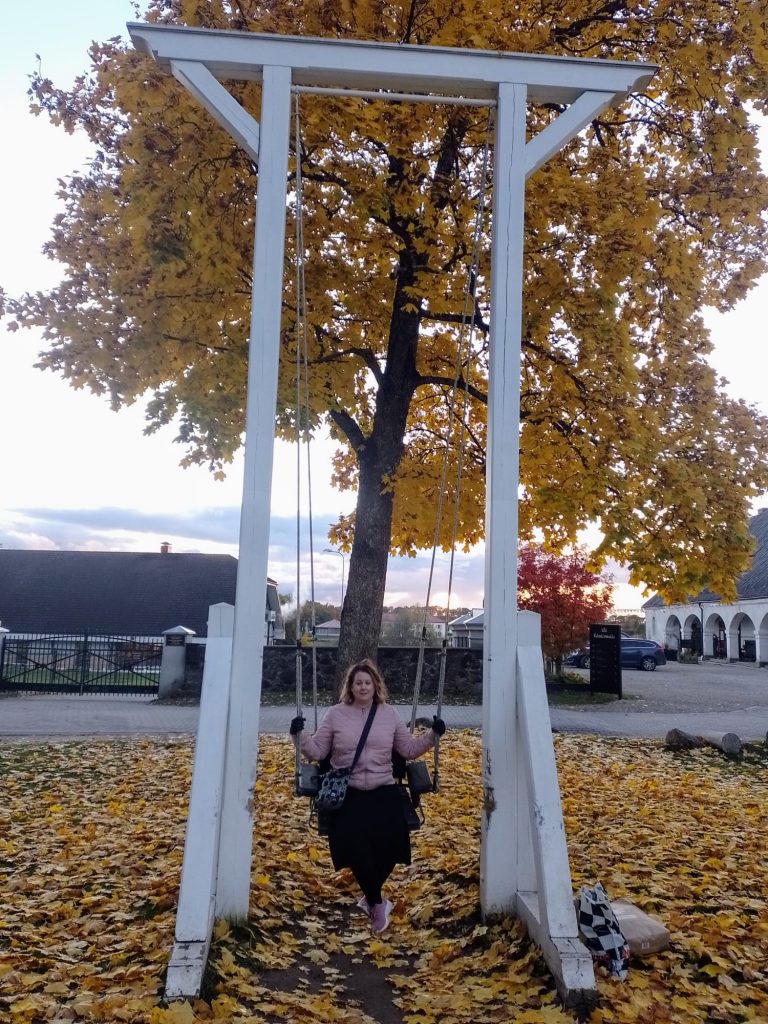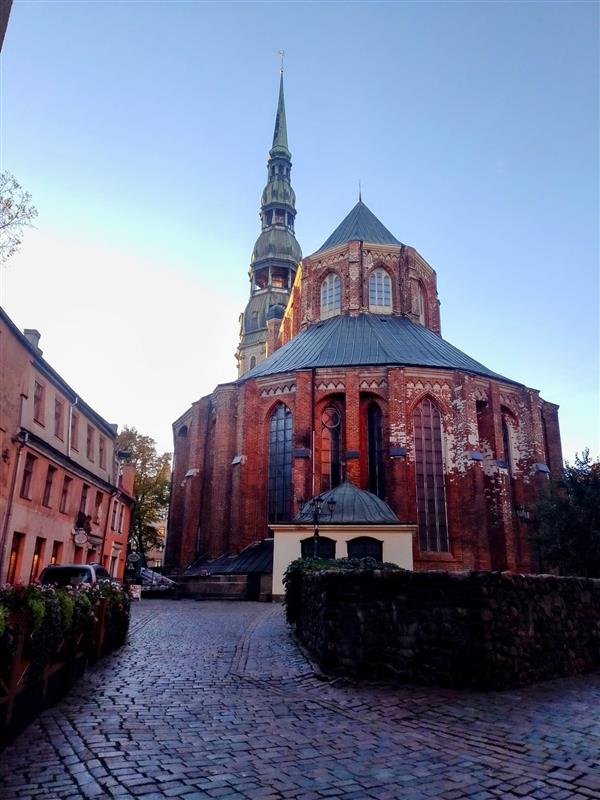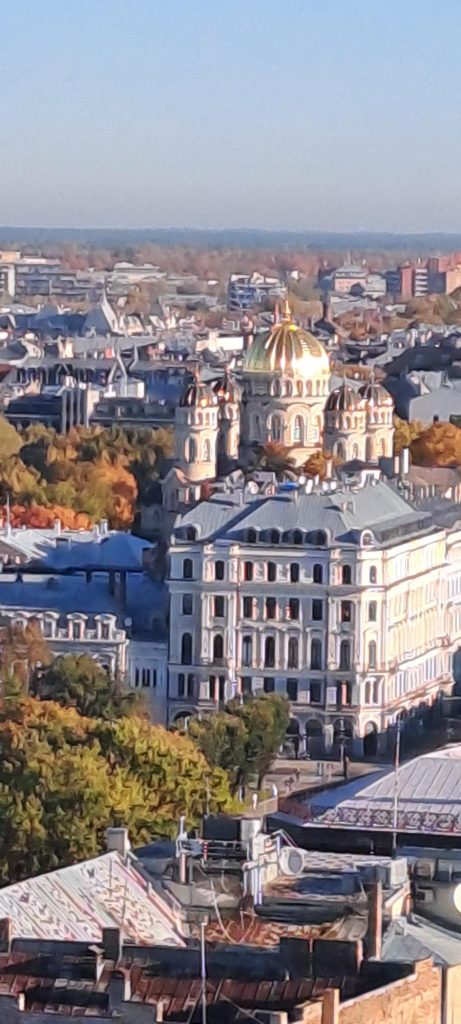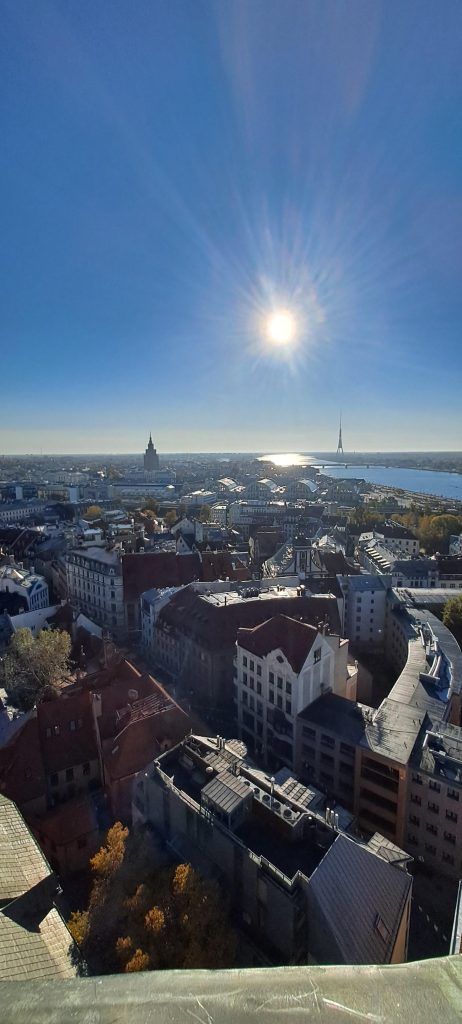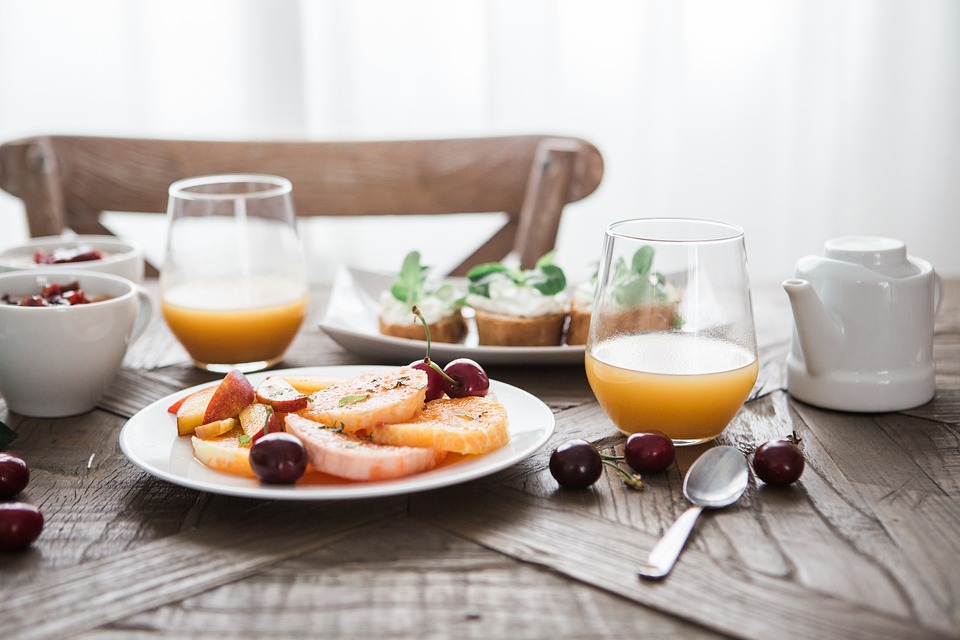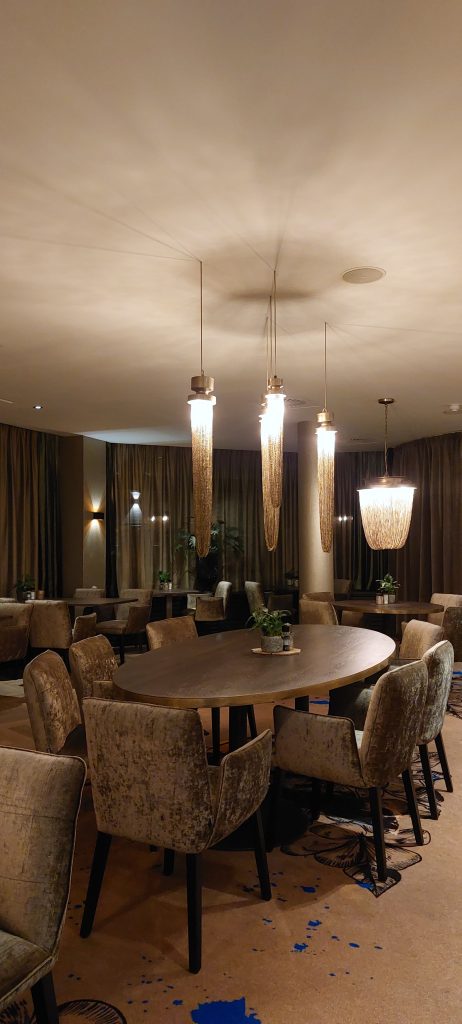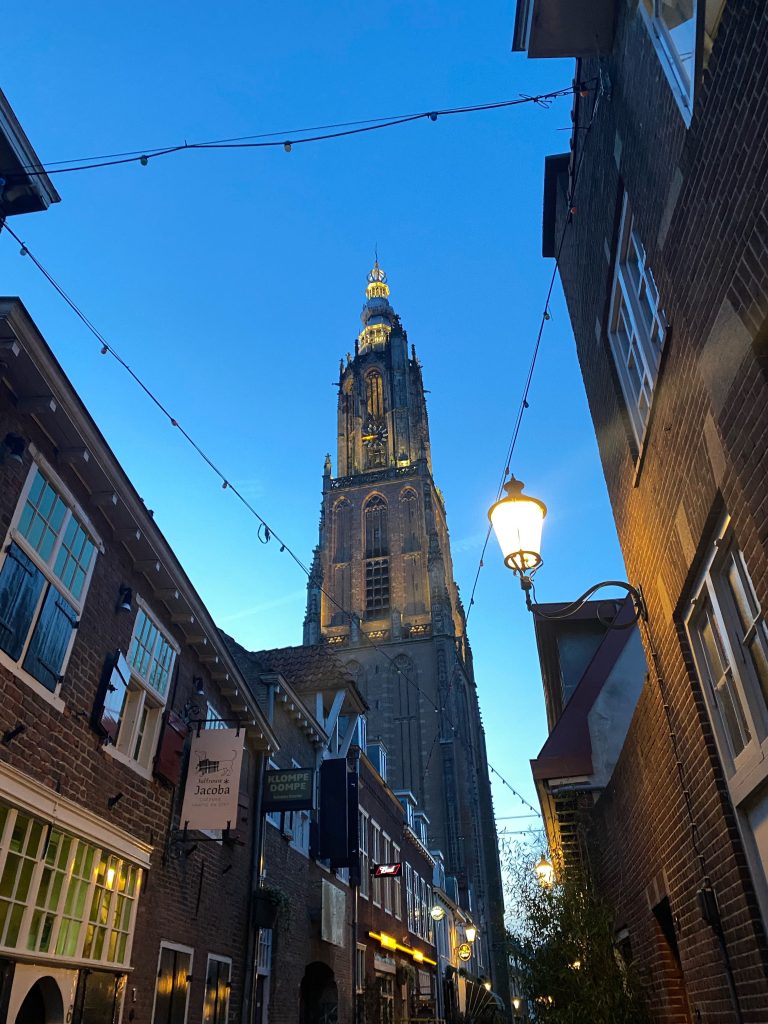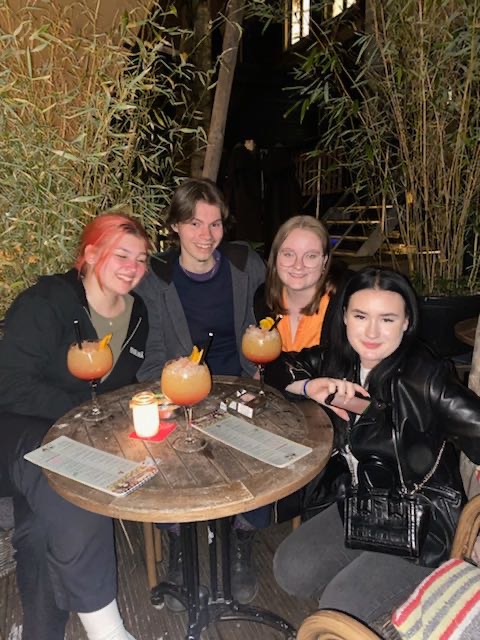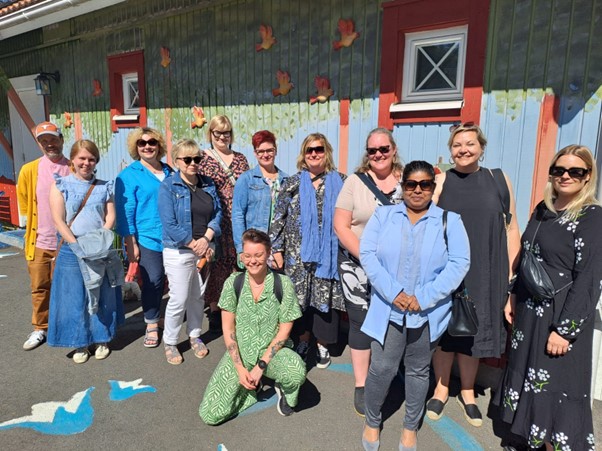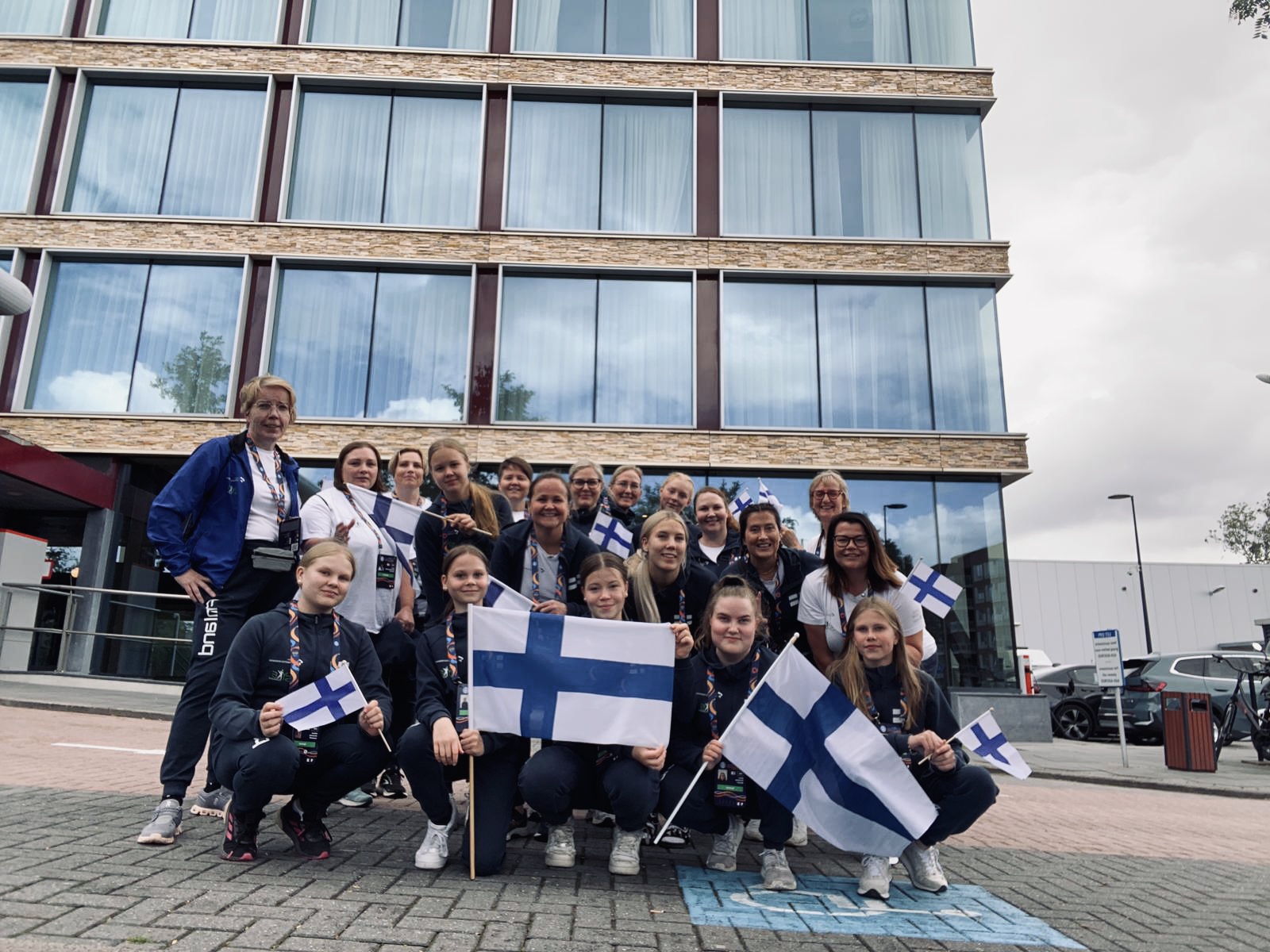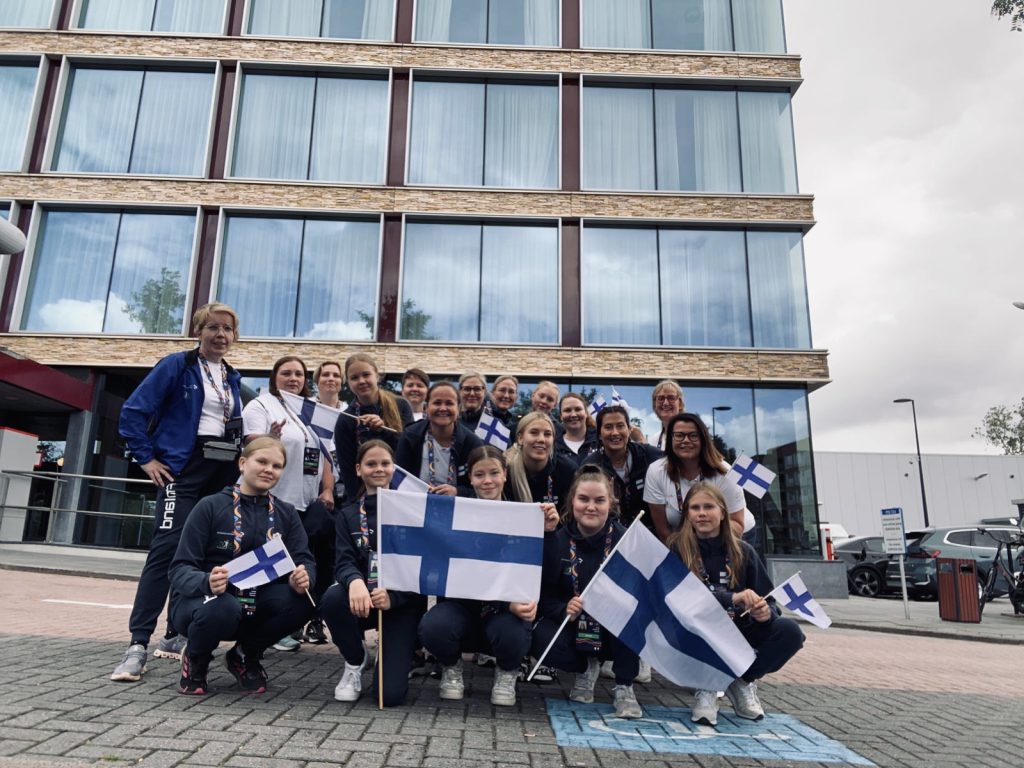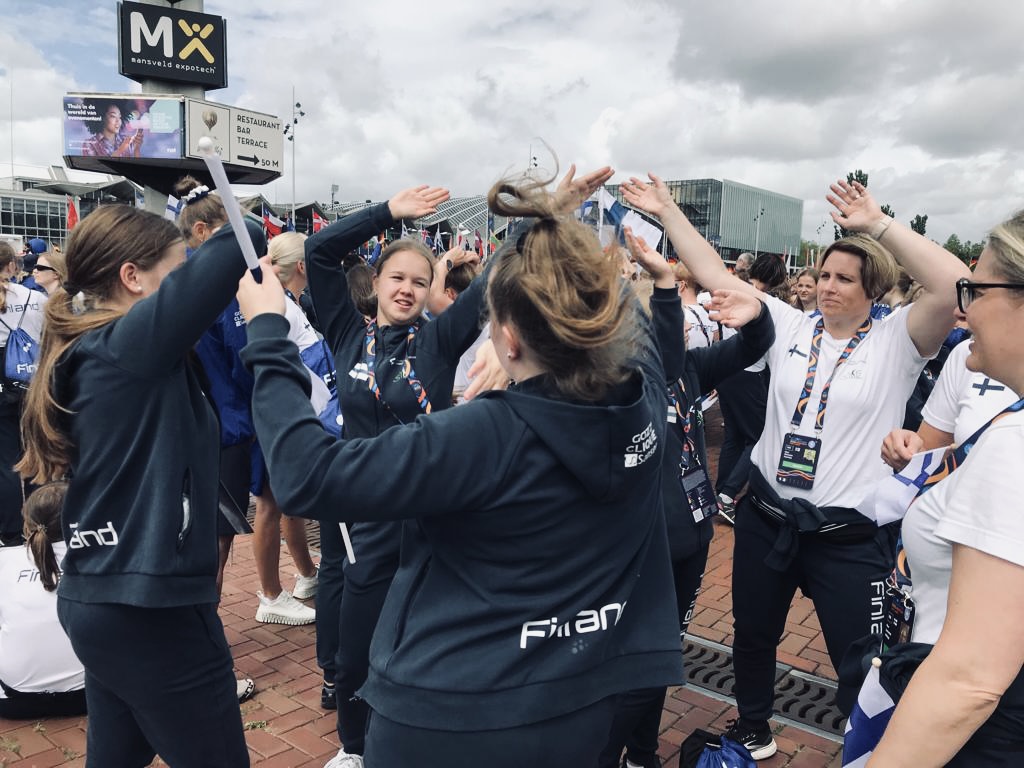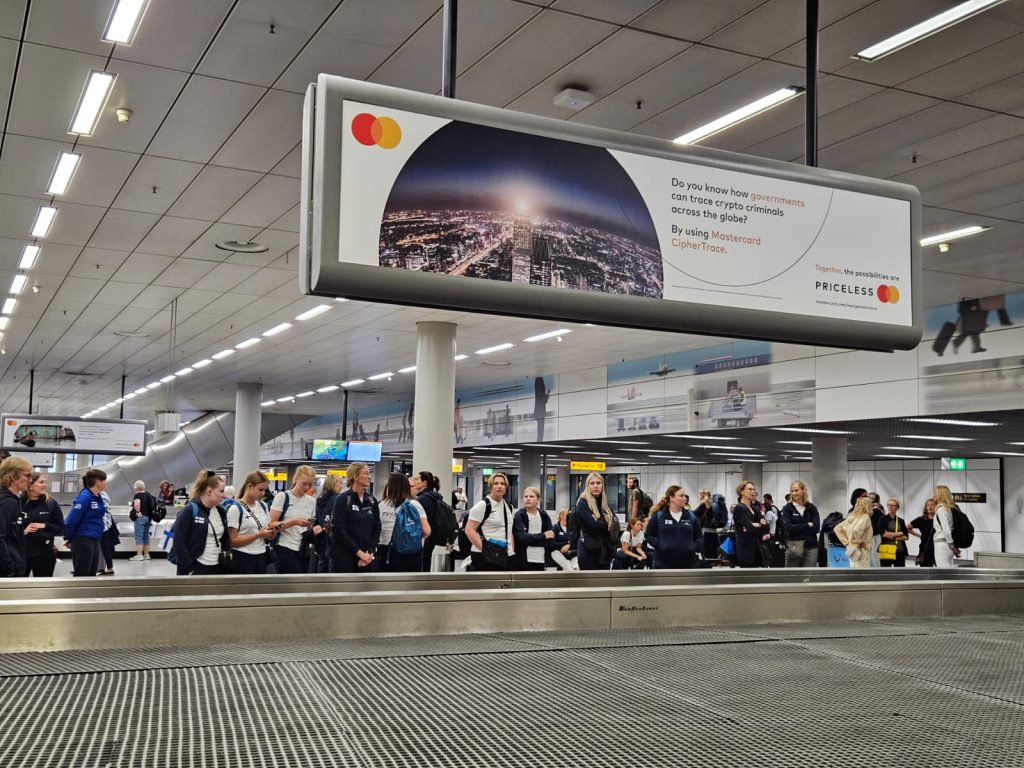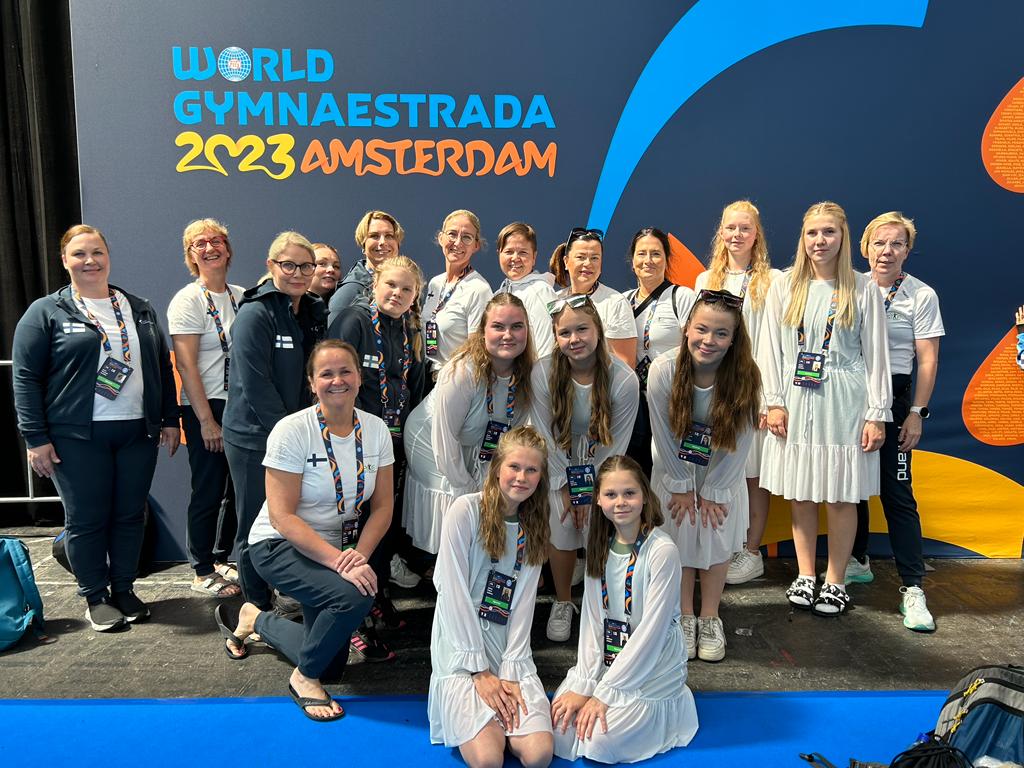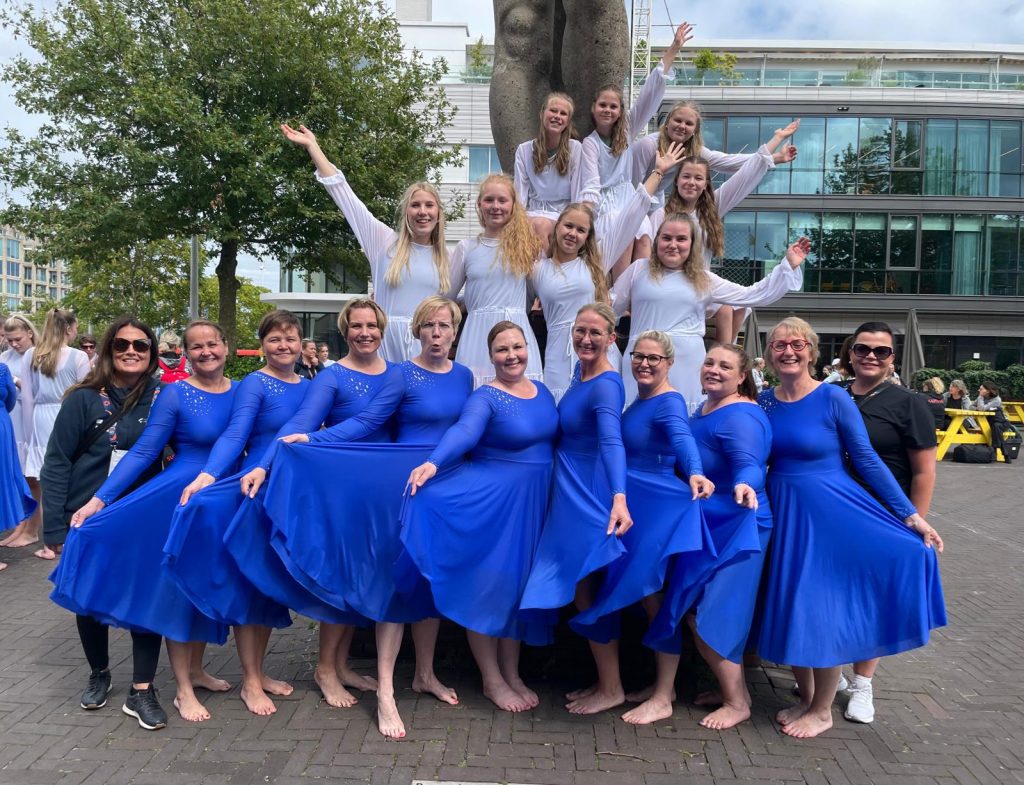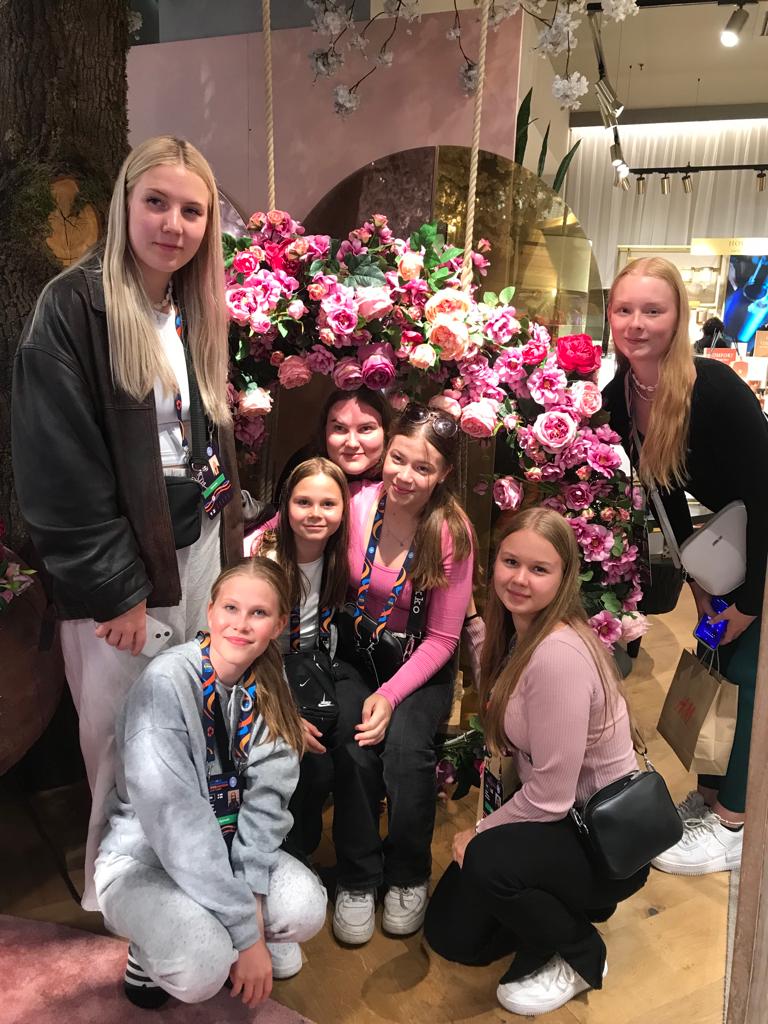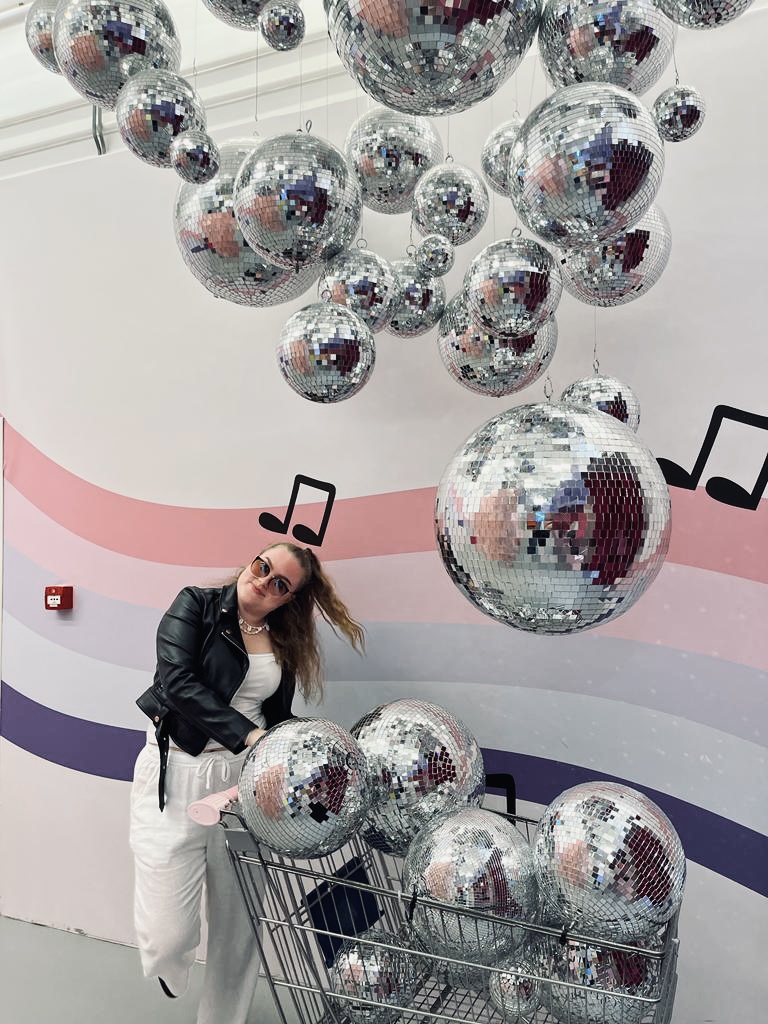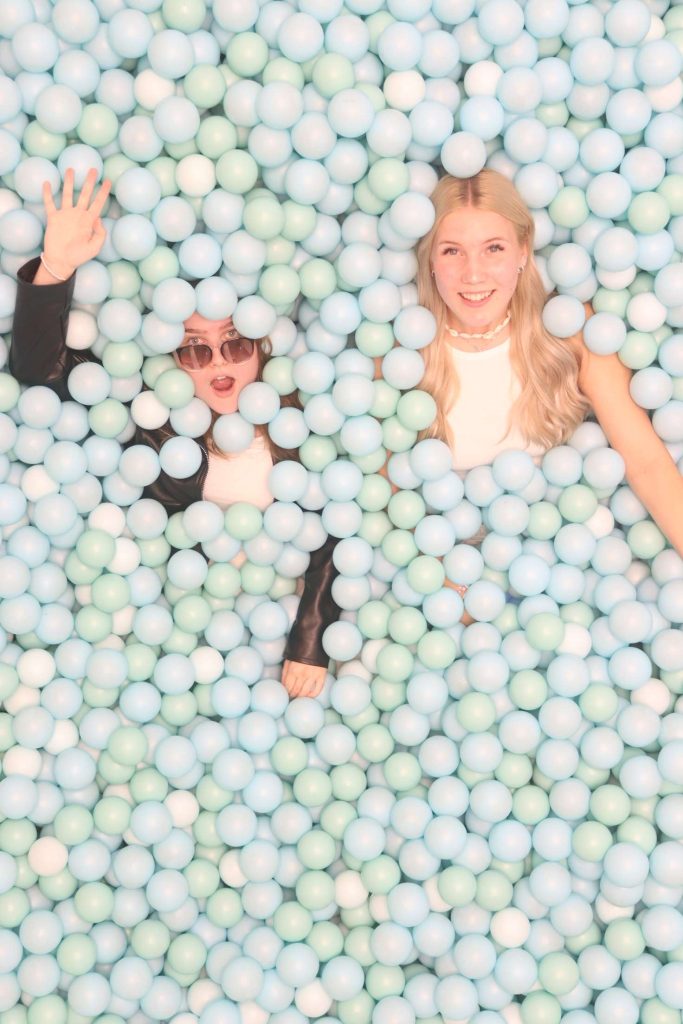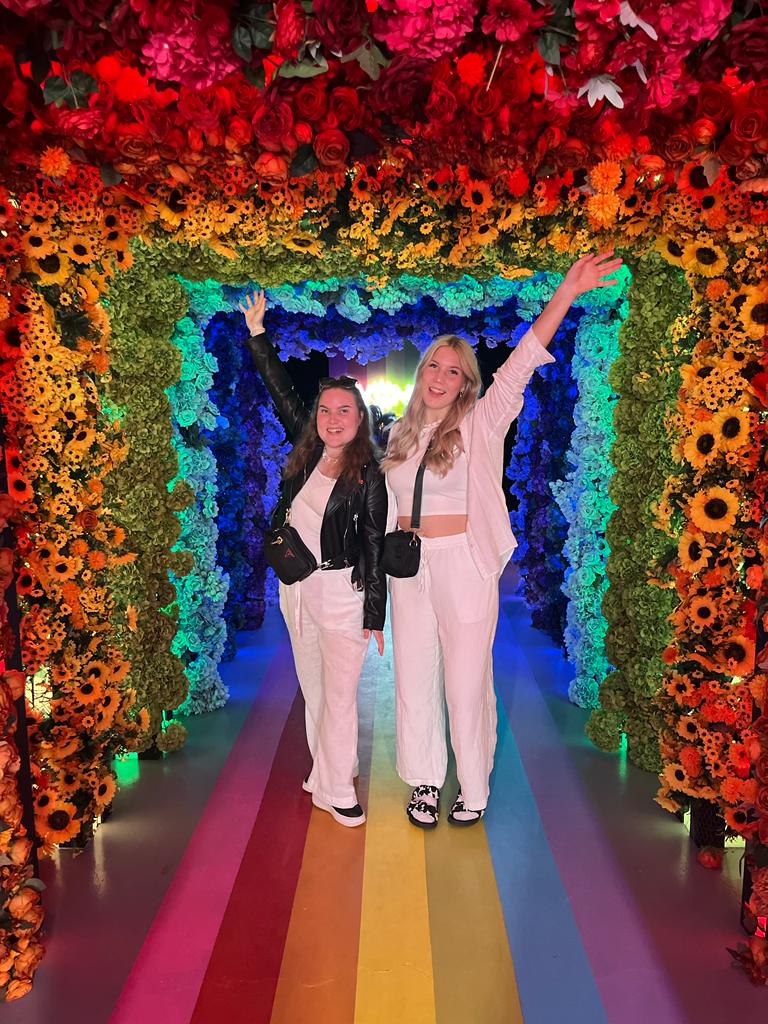Is anyone thinking about solo trekking? Well, this crazy idea of solo traveling came to my mind when I saw a video of a YouTuber named Thomas, who is a member of the Yes Theory channel. Where he showed his lone survivor without money for 24 hours in Korea.
So, I was planning to trek alone in the Himalayas. My main motive was to have a personal experience, contact with nature, and experience the feeling of independence. In mid-November 2023, I started my 4-day journey to Mardi Himal, 4500 meters above sea level. In this blog post, I will share my solo travel experiences and international trips in Finland as a tourism student.
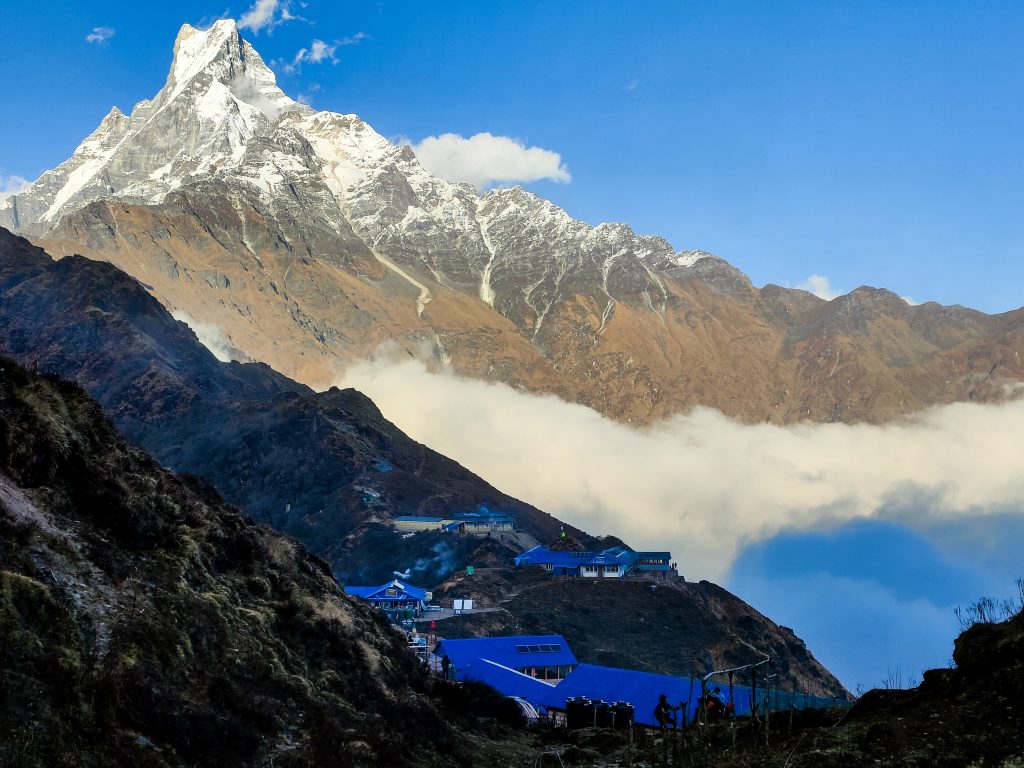
Before heading out on my hike, I did a bunch of planning. I looked up some trails, got myself some cool gear, watched some videos, and even did a quick 1-hour hike to make sure I was good to go. It was kinda tiring, but I’m glad I did it. Then I packed a bag with the essentials and set off from home to my destination. I took a bus at night and my journey began.
The next morning, I reached a place where I had to start my trek. On the way, I met many Nepali and foreign trekkers and exchanged our stories, and every connection created an unforgettable memory in my heart. Solo trekking in the Himalayas was an incredible adventure. With every step, I left the noisy, polluted city, social media life, and daily work behind and entered a peaceful environment where my goal was to reach my destination. Each day had its own special story.
On the second day, after crossing the Forest Camp, I saw the beautiful Mount Machapuchre with its snow-capped peak, my nose felt cold, and the fresh air was a blessing. Loneliness gave me time to reflect on my life and enjoy the petty things in life.
On the third day of my trip, I woke up at 4 am and headed to Mardi Viewpoint which is at an altitude of 4200 meters, to get a better view. On the way, I saw almost a hundred people lighting up the way with torches and I was thrilled. After hiking uphill for almost 3 hours, I finally reached my destination and felt proud of myself for completing the challenge I had set for myself. To celebrate my achievement, I enjoyed a hot cup of tea while waiting for the sun to rise.
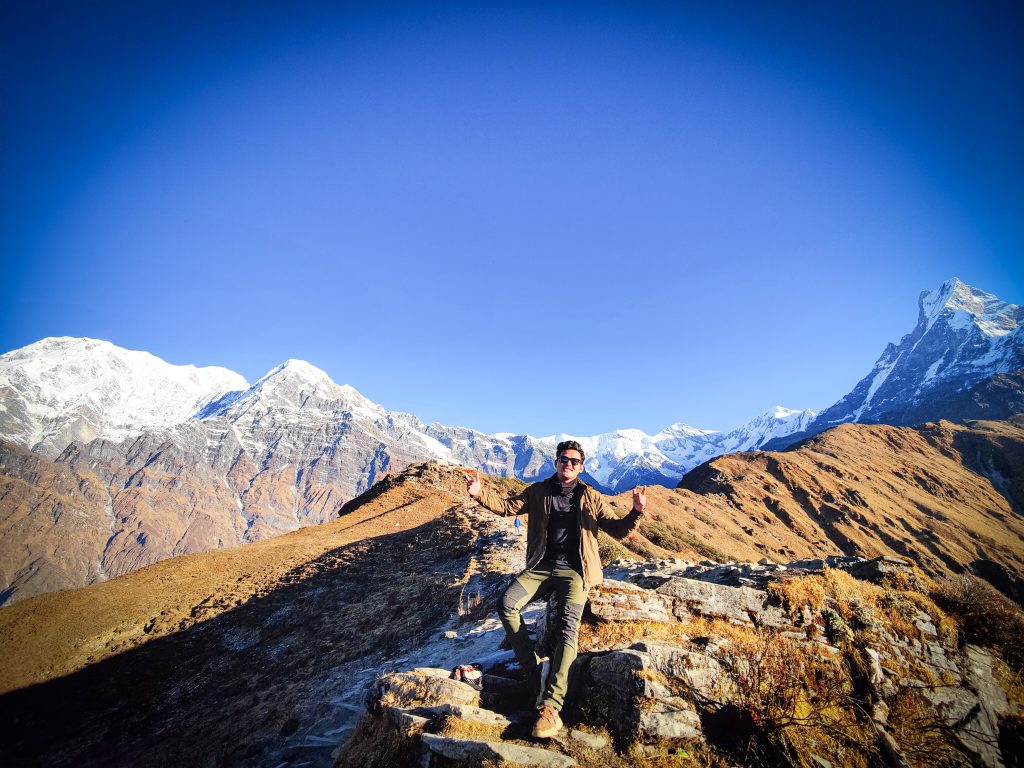
After spending almost 4 hours creating breathtaking memories in this place, it was time to return home, thinking that I would have to start the same life again. So, while I was walking downhill back to the high camp, there were 3 to 4 memorial statues for those who had lost their lives on the way to the viewpoint, including Nepalese, Germans, and other nationals. I was sad to see this, and many things went through my mind.
Travelling alone is so scary and no one knows what will happen to you. For those who want to try solo trekking, here are a few pieces of advice: learn about the trek, take what you need, appreciate the peace, stay safe, and believe in yourself.
Trekking the Himalayas is an amazing adventure. My solo trip was unforgettable and very special to me.
My travels as a tourism students
For my further studies, I chose International Tourism Management at the SAMK in Pori, Finland, for my bachelor’s degree program. Traveling to Finland was my first international experience.
The country was covered in snow, the temperature went down to -30 degrees, and the new food and the language barrier in communication were the first challenges I had to face. However, I realized that the equal rights of all foreign citizens and the good government rules and regulations made Finland one of the happiest countries in the world. Meeting strangers, exchanging, and learning about new cultures, and interacting with nature motivates me to travel to other places.
Tourism is one of the growing industries that help boost a country’s economy. After finishing my studies, I want to learn more about it by working with tourism organizations in Europe and I want to use all my knowledge and experience in tourism for the development of my home country.
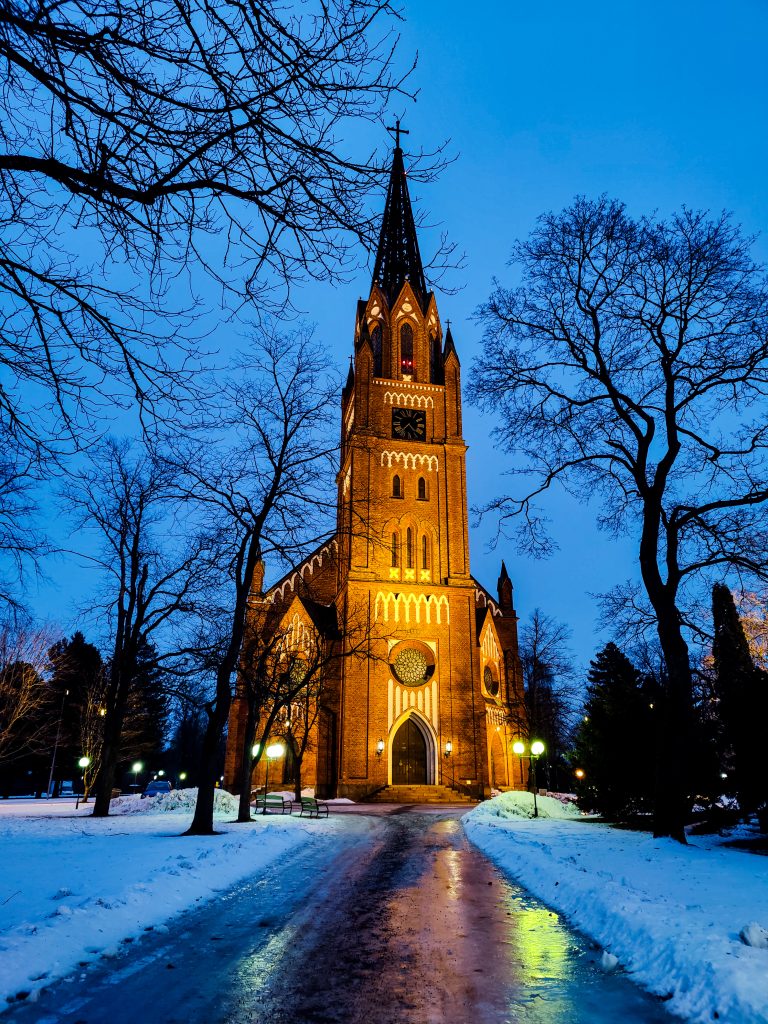
Text and pictures: Sanjay Shrestha, International Tourism Management student
